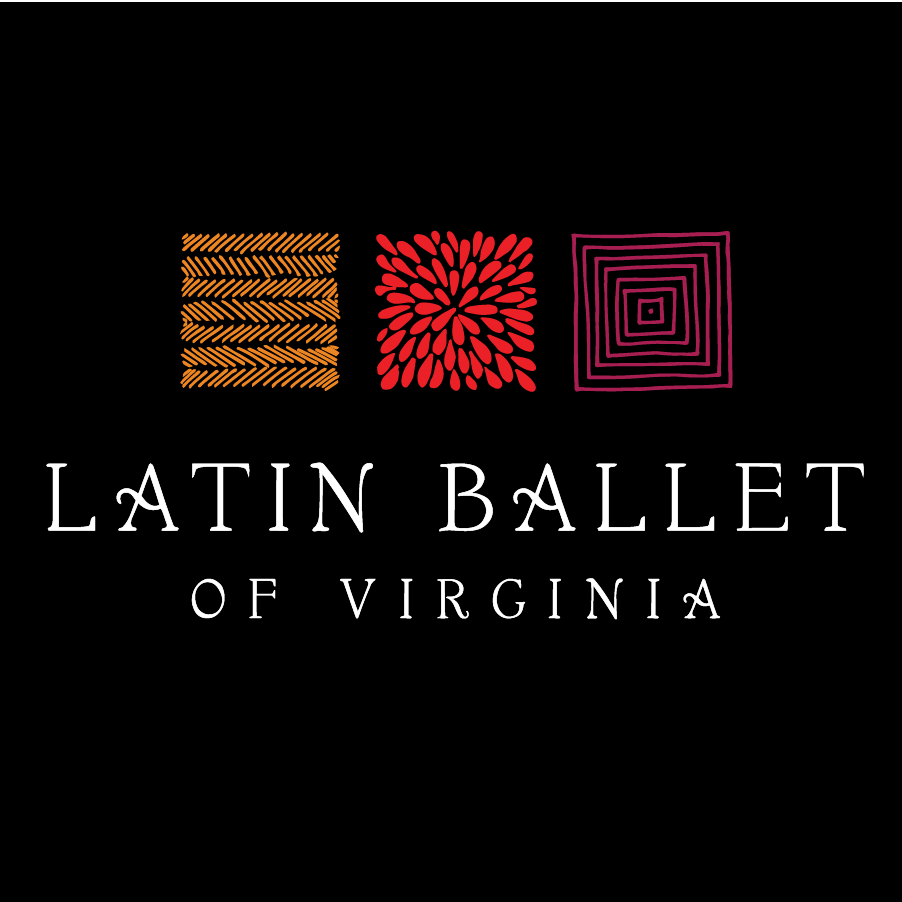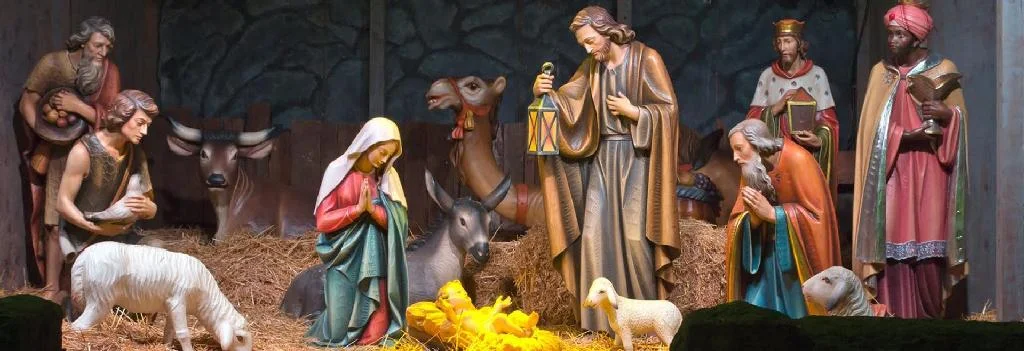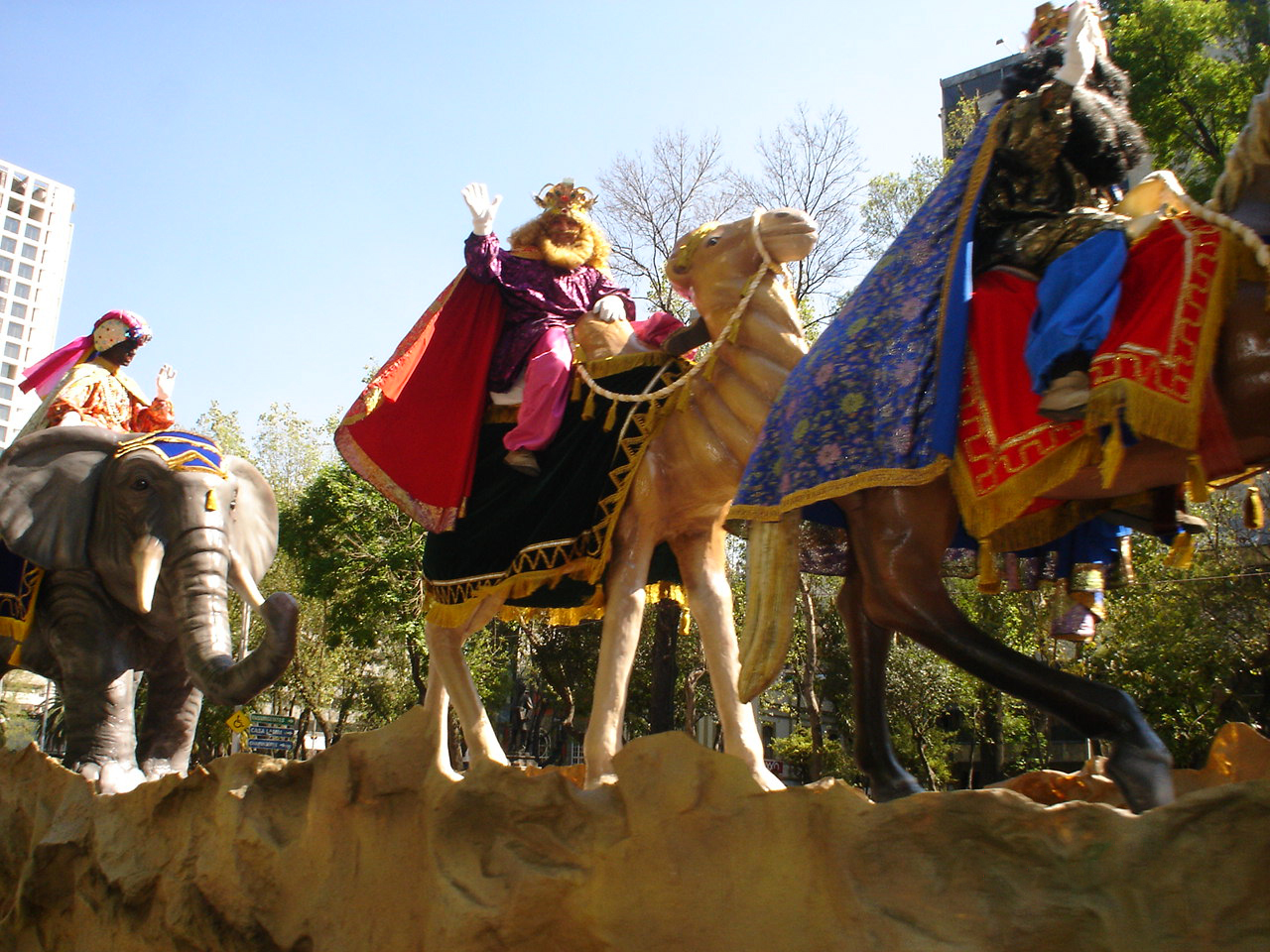“Large ensembles of children, youth, and adults fill the stage with color and rhythms. They exude a high level of energy, having the audience clapping along. We officially declare this vibrant and colorful production a Holiday tradition! ”
Portraying the Mexican legend of a young girl who discovers the true spirit of giving.
PERFORMANCES
January 9-12, 2025
PERKINSON CENTER FOR THE ARTS
11810 Centre Street
Chester, VA 23831
Performances:
Friday at 7:30pm
Saturday at 3pm and 7:30pm
Sunday at 3pm
School Field Trips Thursday, January 9th and Friday, January 10th at 10:30 am
TICKETS (please note, there is a service charge for each ticket)
Early Bird Fall Special (Sept 20 - Nov 28) : $21 + fees
Black Friday/Cyber Monday (Nov 29 - Dec 2) : $25 + fees
Last Call Special (Dec 3 - Jan 9) : $30 + fees
Day of Purchase : $35 + fees
Group Rates – Field trips are available for groups of 10 or more at $12 per ticket. Please contact us for more information.
The Latin Ballet of Virginia proudly presents its 24th Anniversary production of THE LEGEND OF THE POINSETTIA. Latin Ballet’s Founder & Director Emerita, Ana Ines King, created the production in 2001 to delight and inform audiences on the myriad of unique holiday traditions from Latin America and Spain. Every year since then, the Latin Ballet has captivated audiences of all ages and backgrounds with this vibrant annual performance full of light, spirit and joy.
Reserve your tickets by clicking the button below or EMAIL US.
For School Field Trip tickets, please reserve your tickets here:
Regular Tickets will start selling directly at the Perkinson Center for the Arts website and Center.
The Legend of the PoinsettiA
Legend of the Poinsettia is based on the story of little Maria did not have a gift for the Baby Jesus. All she could find was a handful of weeds...but, because she gave from her heart, the weeds turned into beautiful red flowers. This is the story of the Poinsettia, the Christmas plant. The Legend of the Poinsettia – a story based on the Mexican legend of a pure hearted young girl who discovers the true spirit of giving. Unable to offer a gift of material value, she picks a handful of weeds that magically transform into brilliant crimson flowers and thus the custom of giving poinsettias during the holidays is born. The Latin Ballet’s production of The Legend of the Poinsettia elegantly portrays the Hispanic traditions of the season. Dances and music demonstrate cultural celebrations with aguinaldos, gaitas, rumbas and plenas. The spiritual reverence of the season is combined with the joy and laughter of the traditional festivities of dance and song.
Little Maria did not have a gift for the Baby Jesus. All she could find was a handful of weeds...but, because she gave from her heart, the weeds turned into beautiful red flowers. This is the story of the Poinsettia, the Christmas plant.
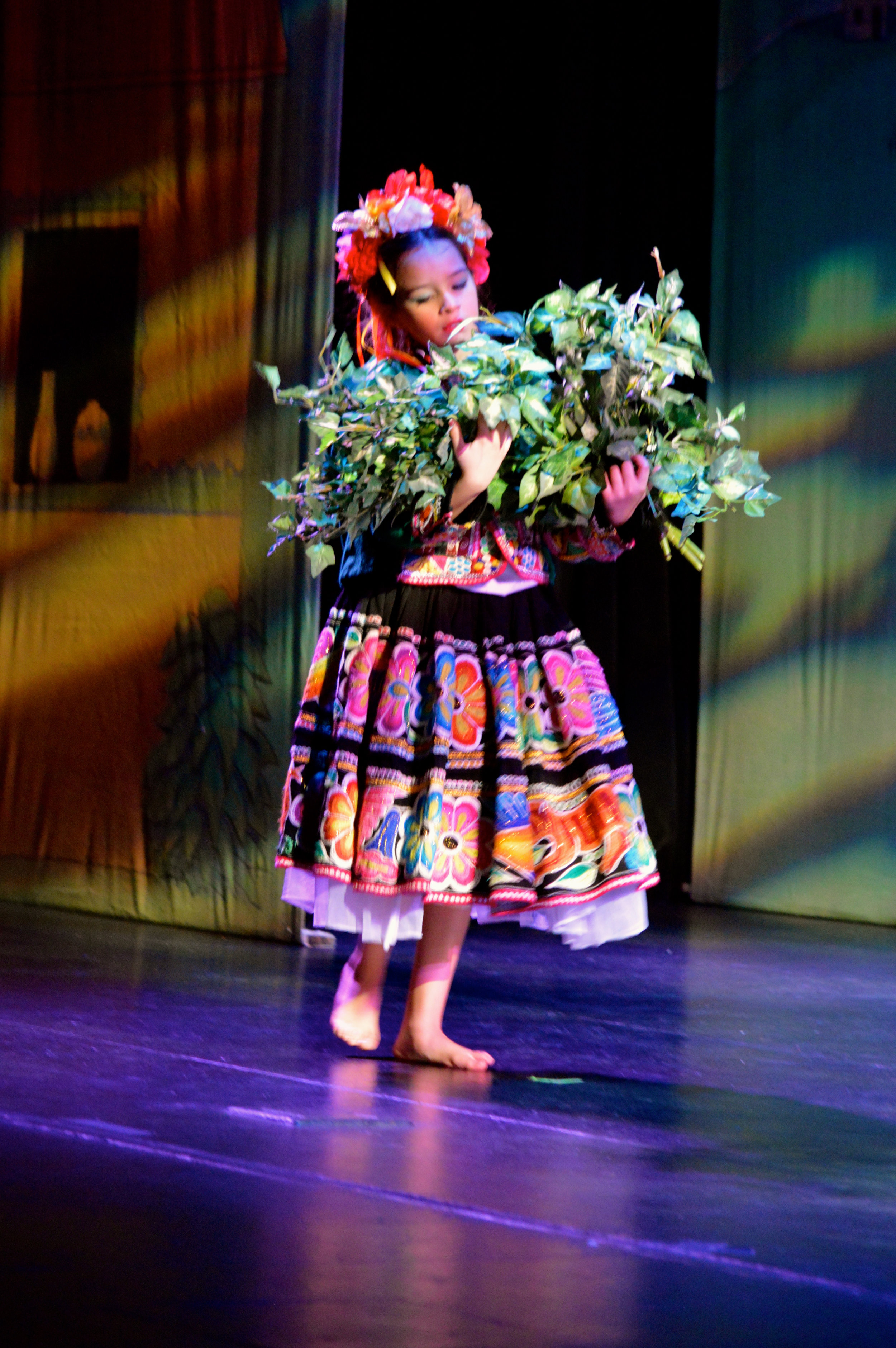
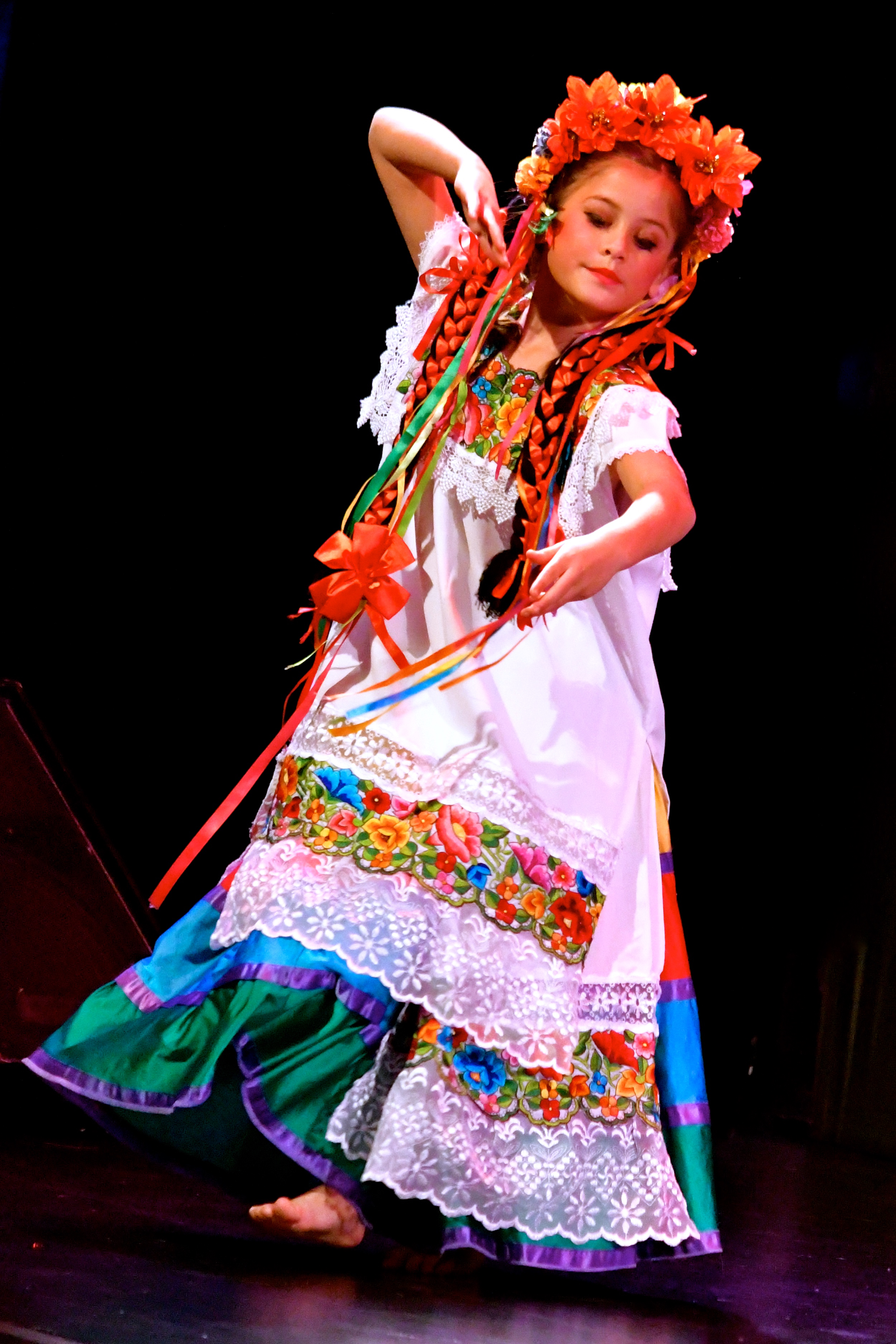
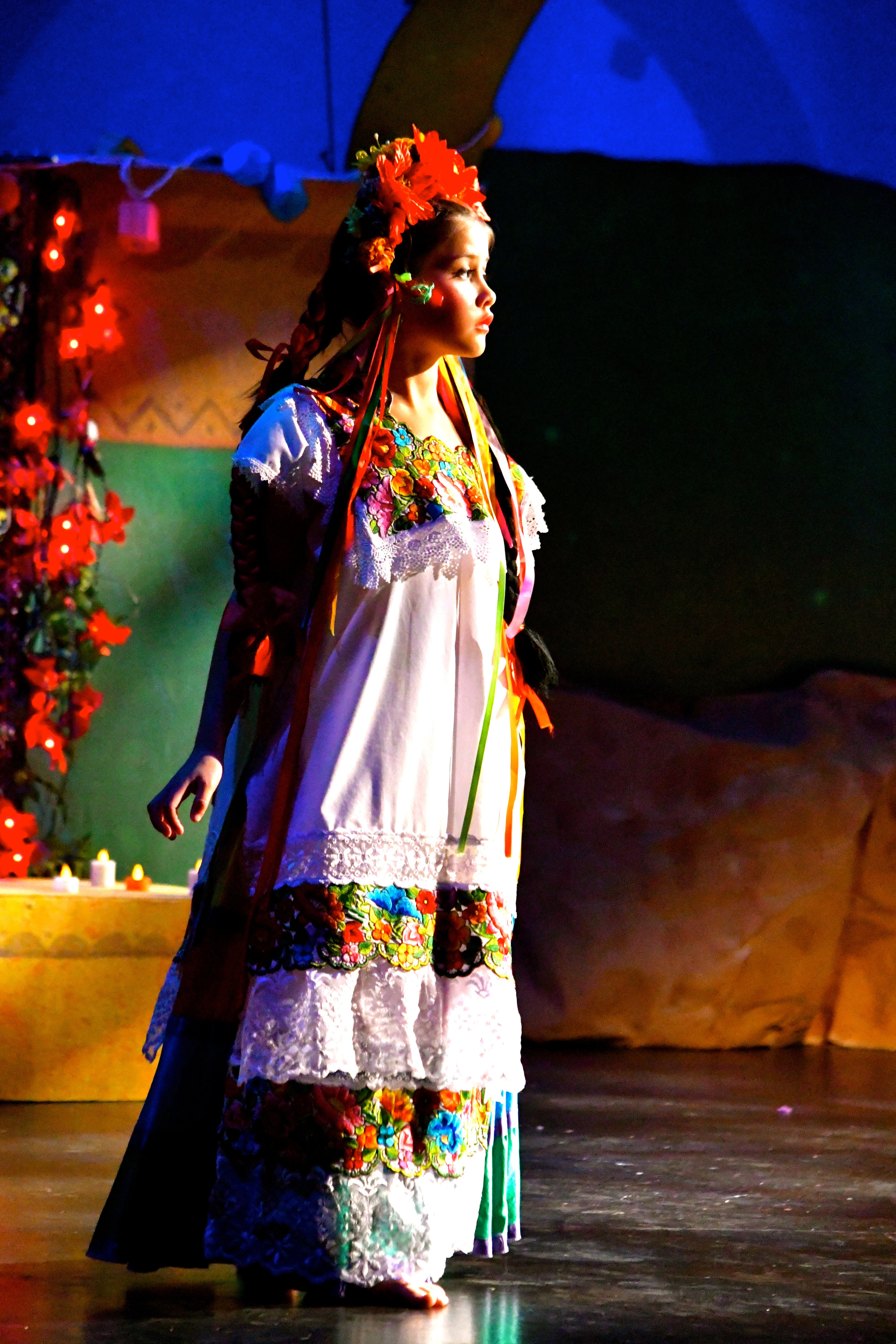
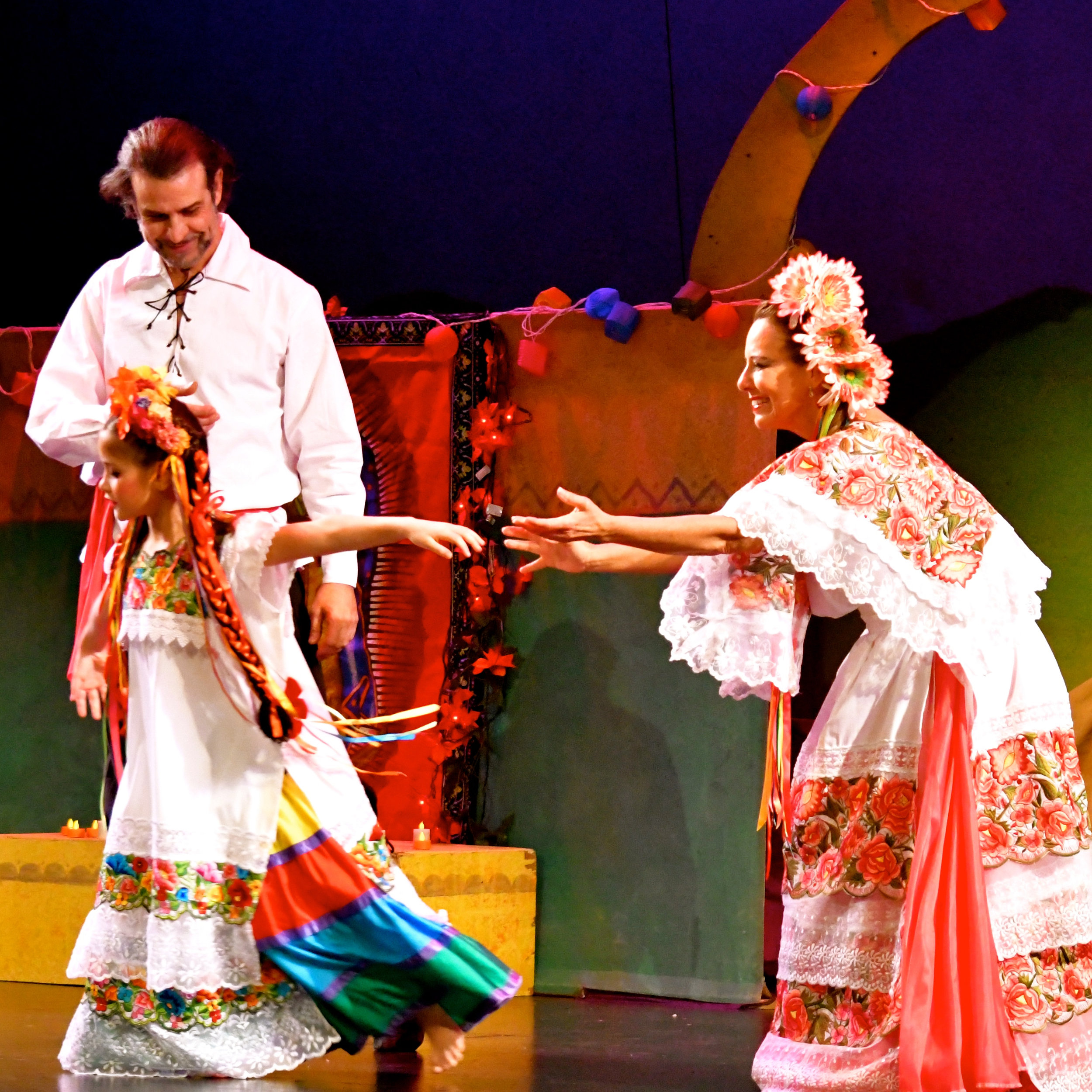

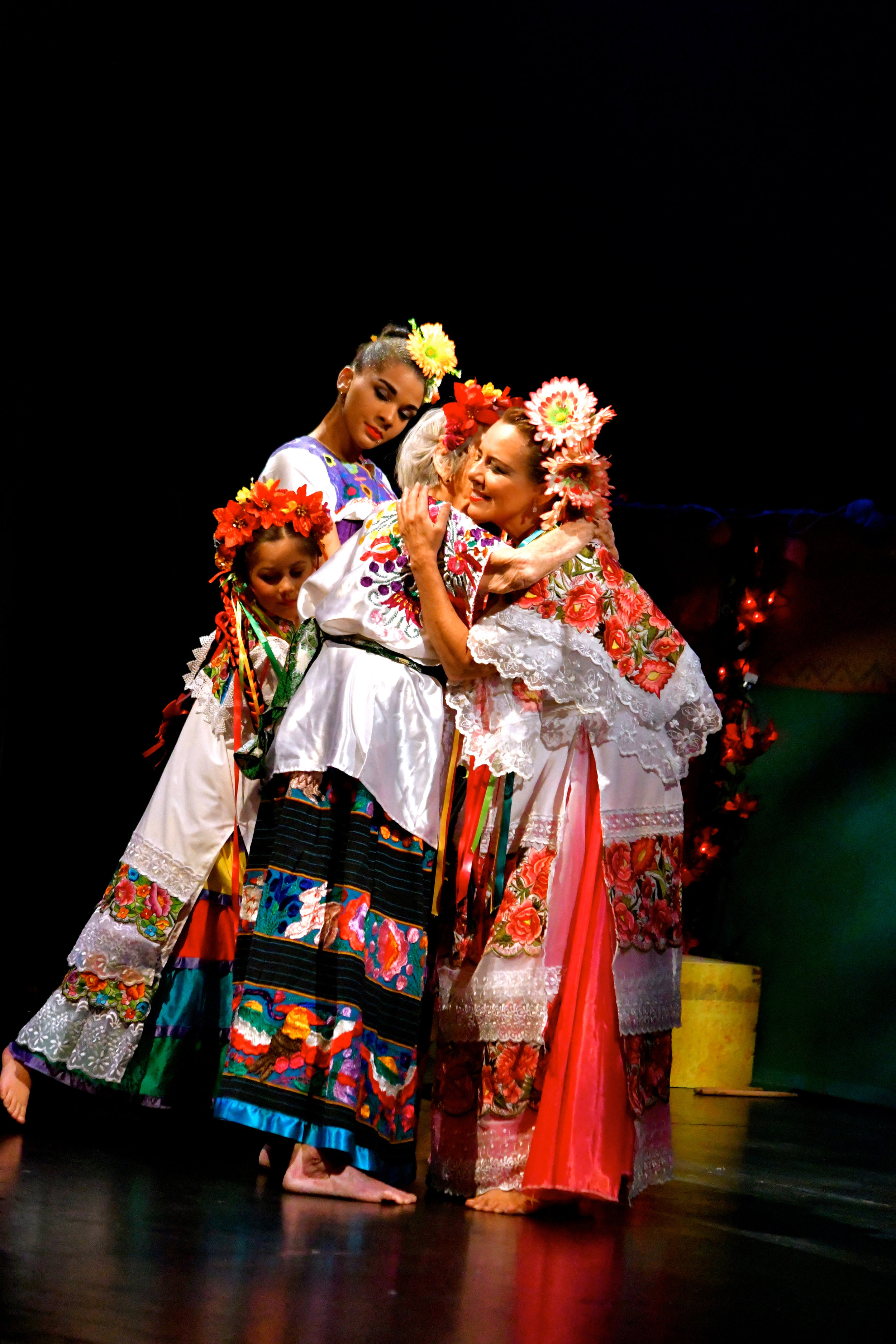
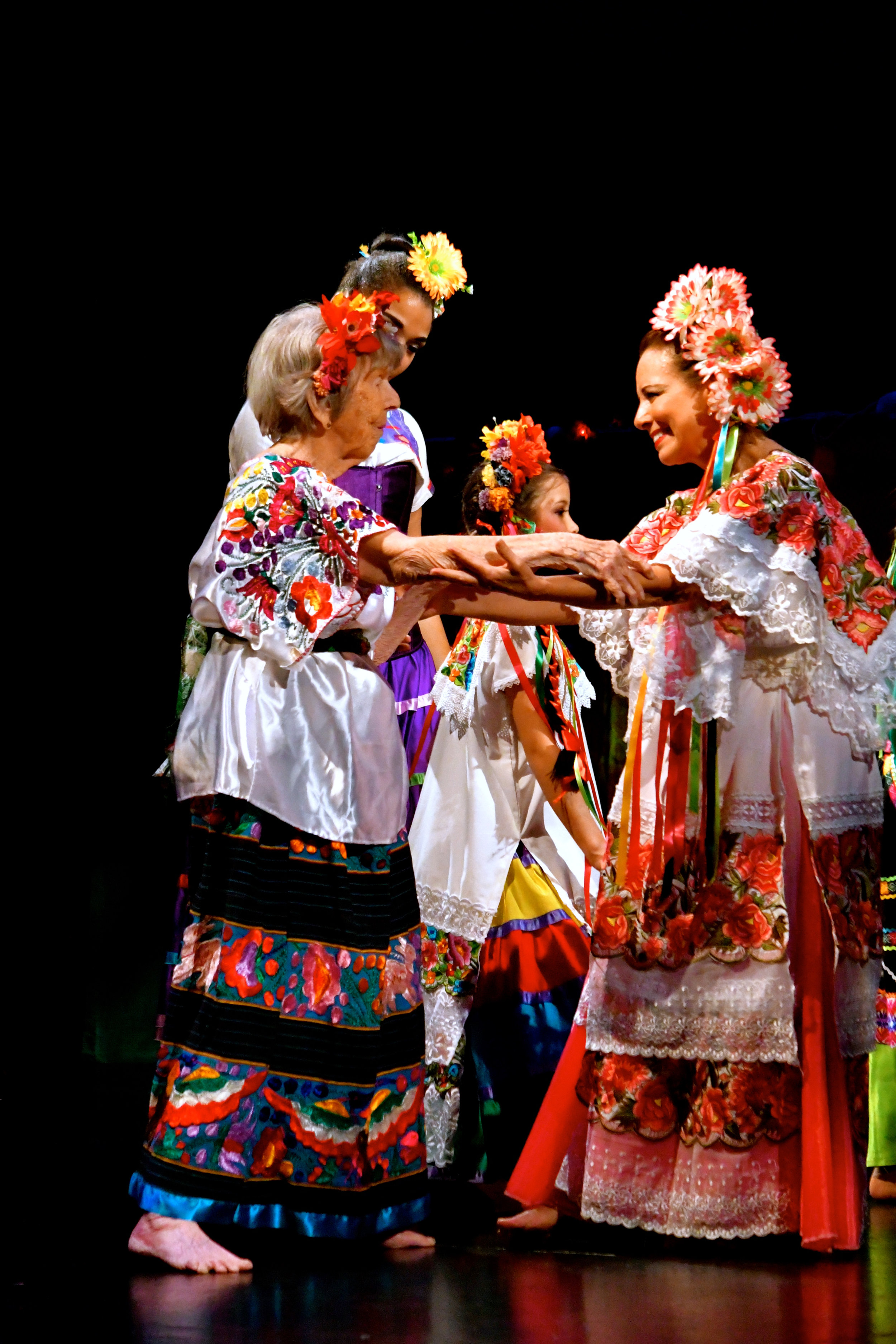
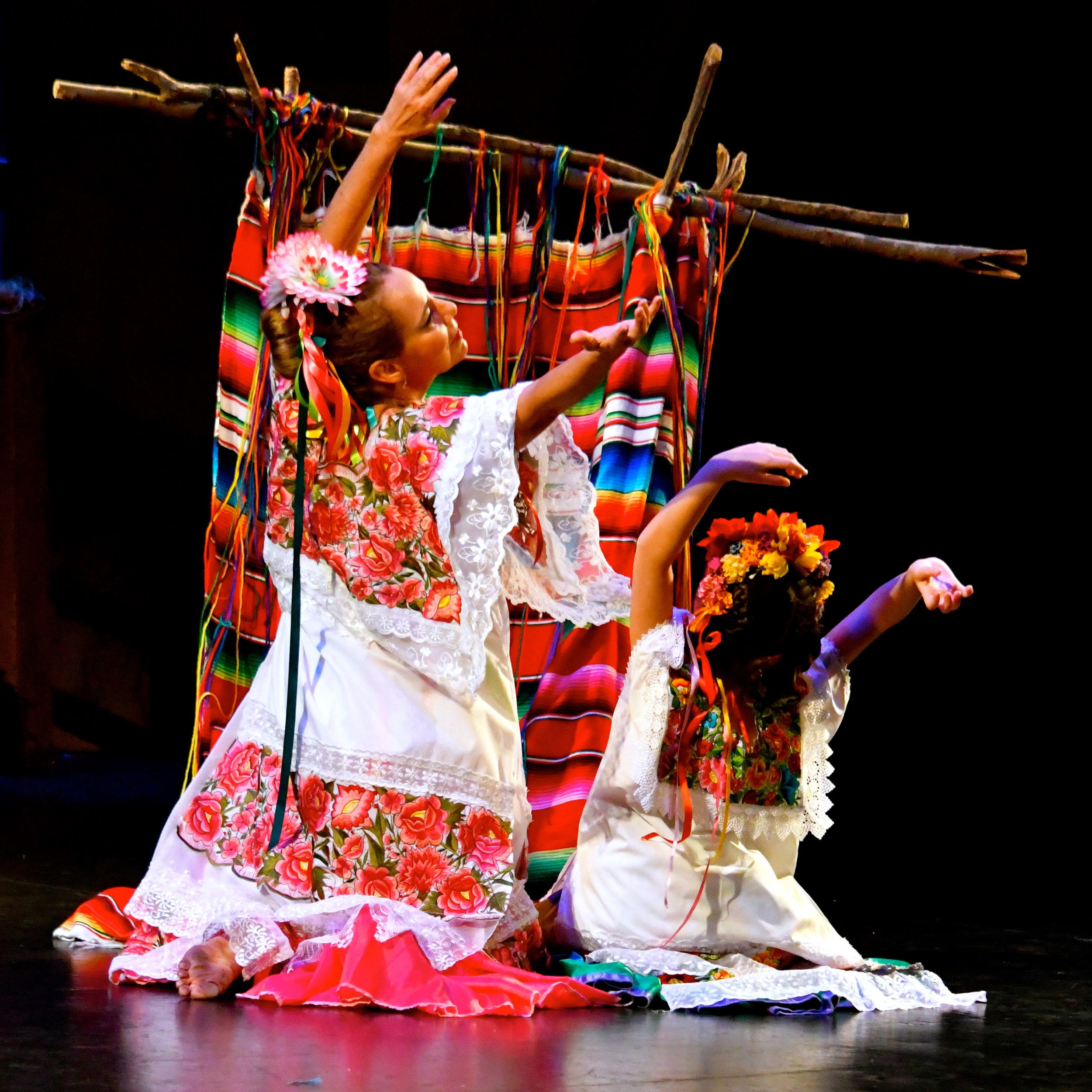
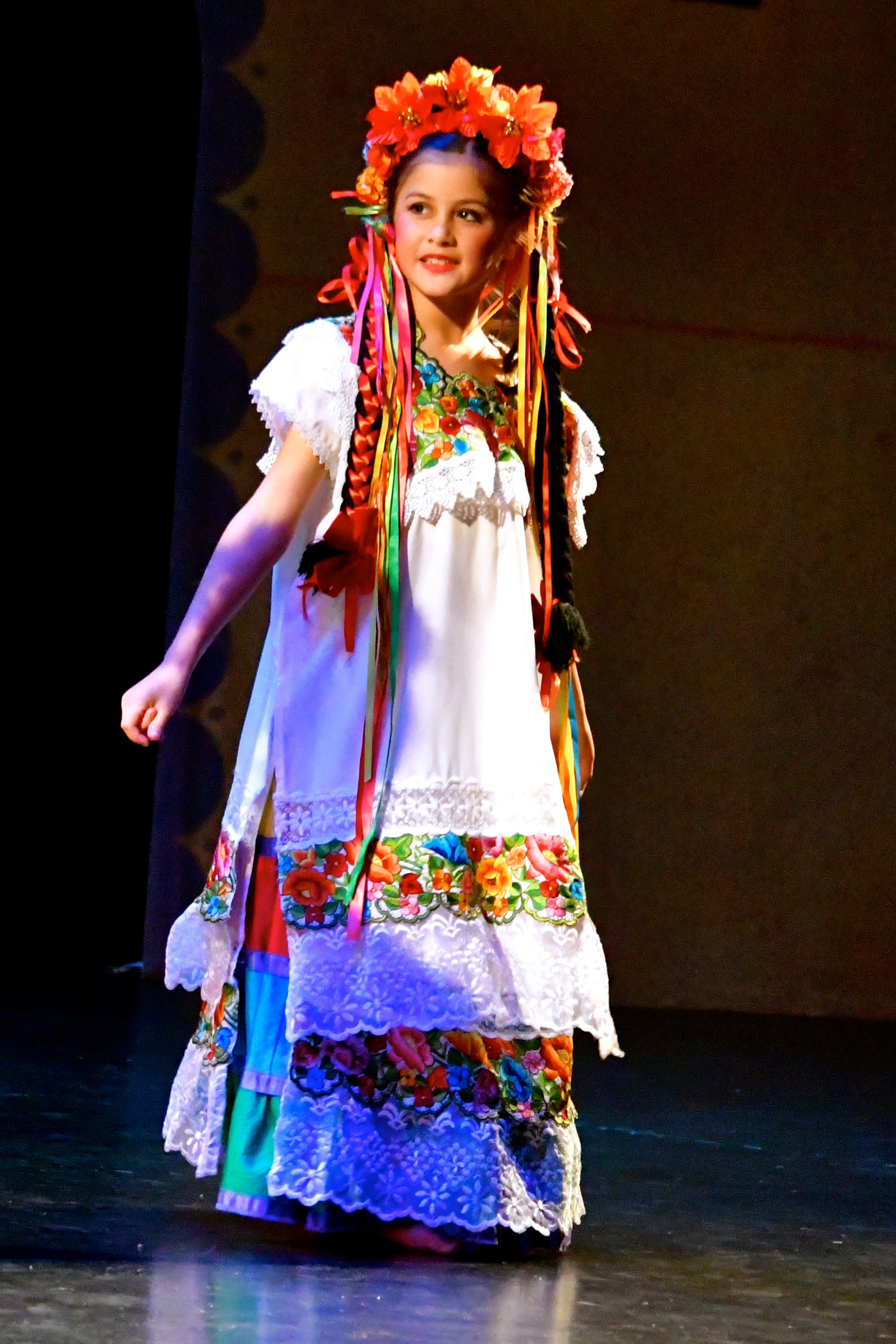
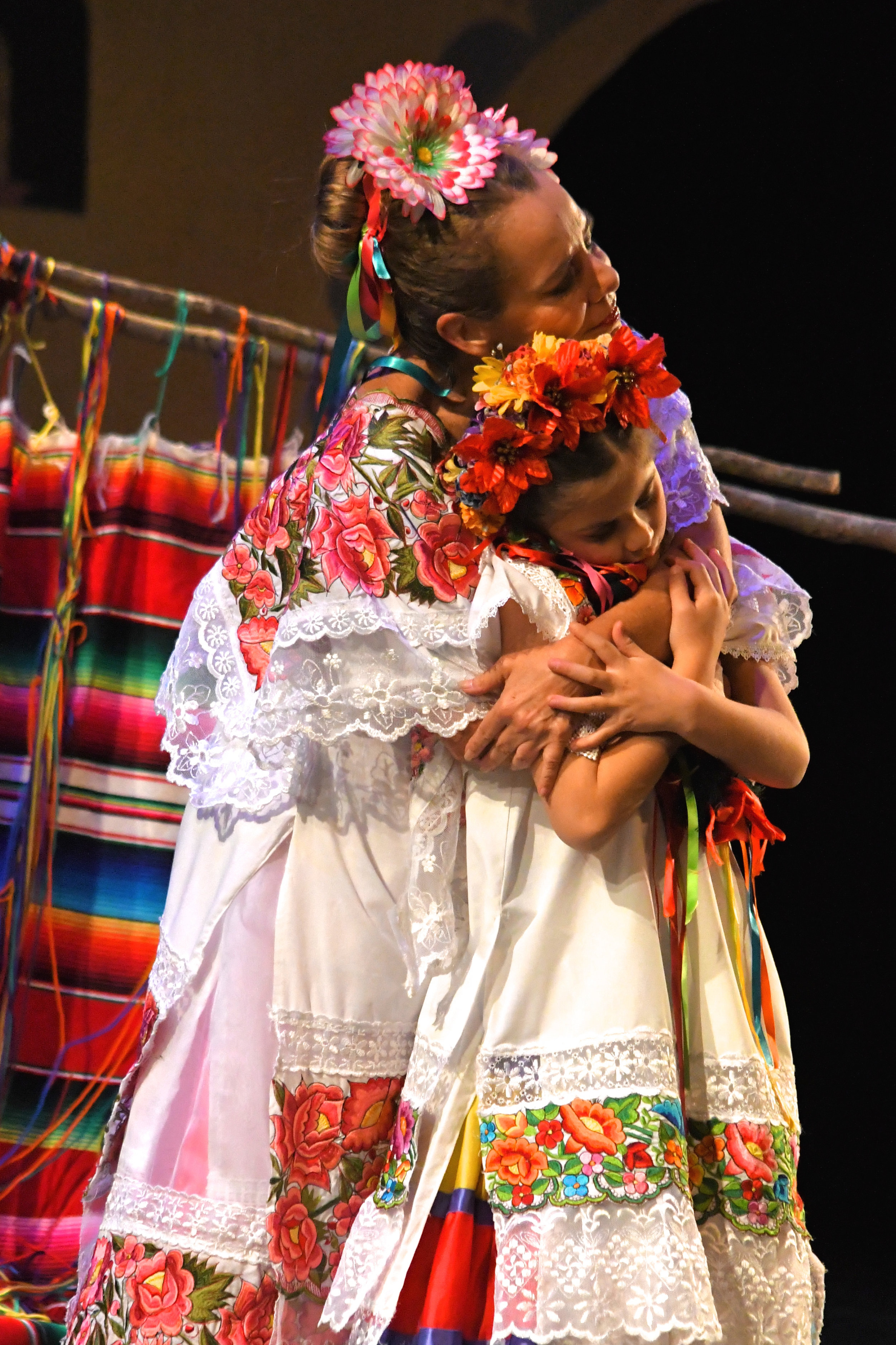
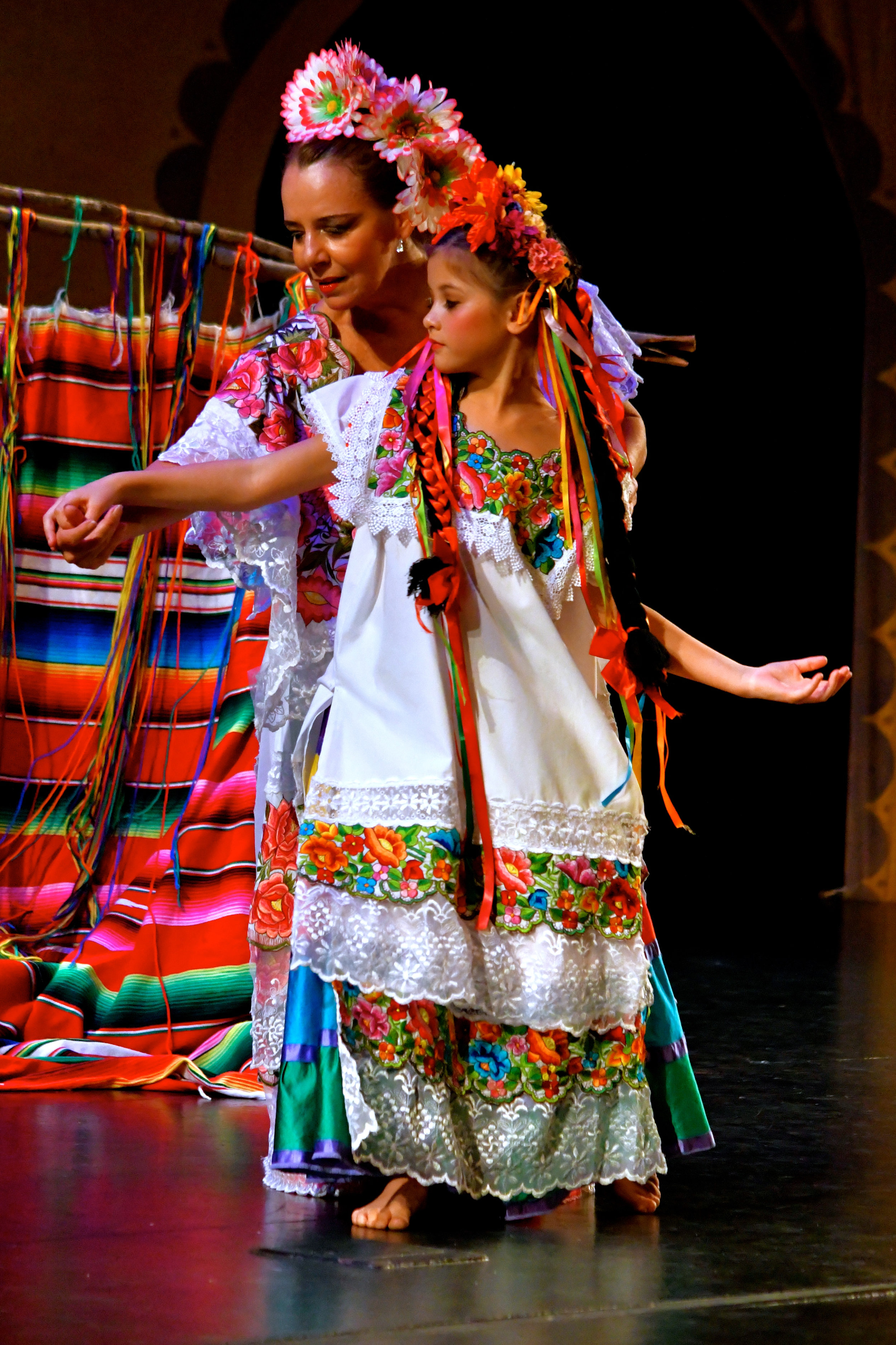
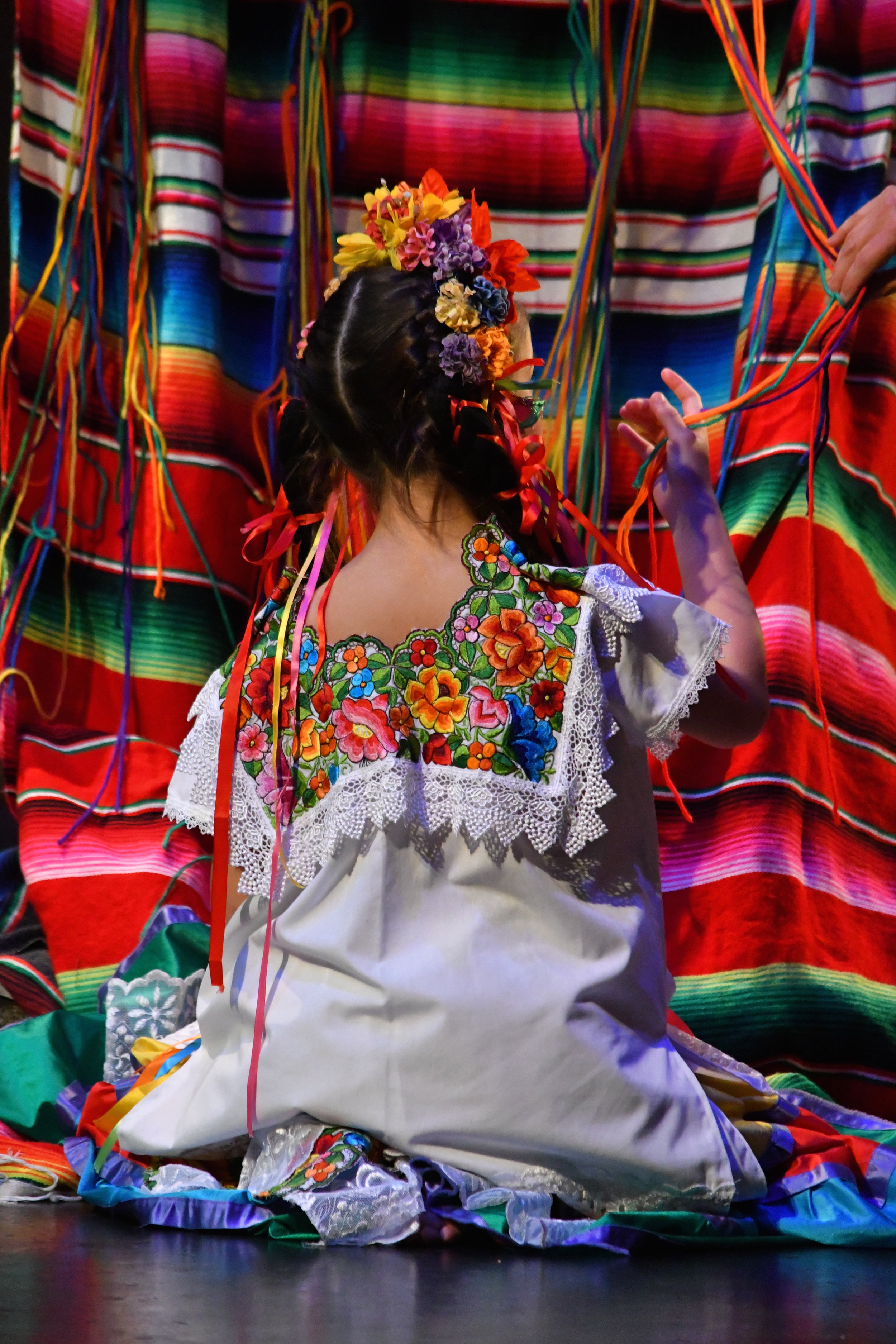
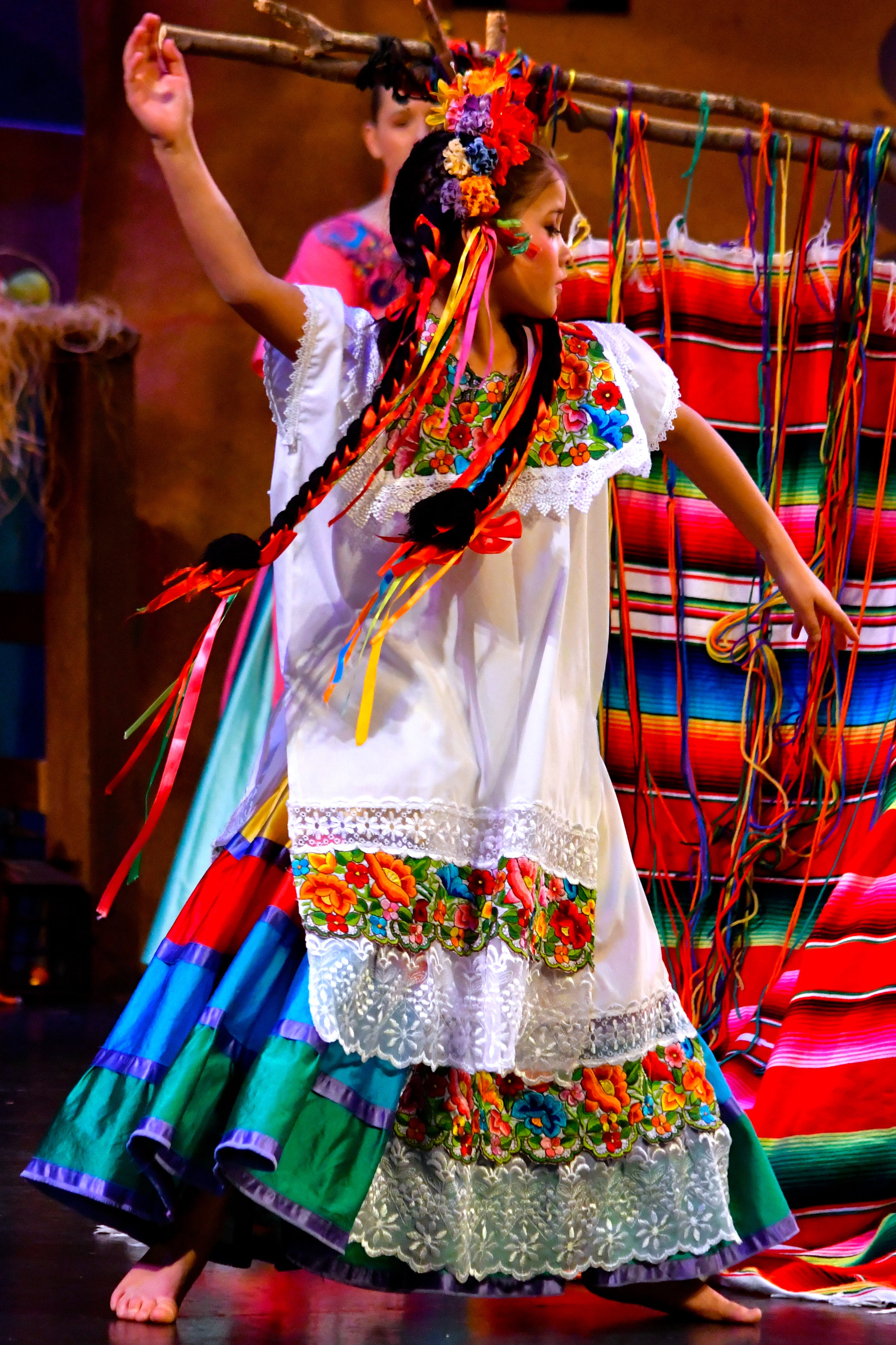
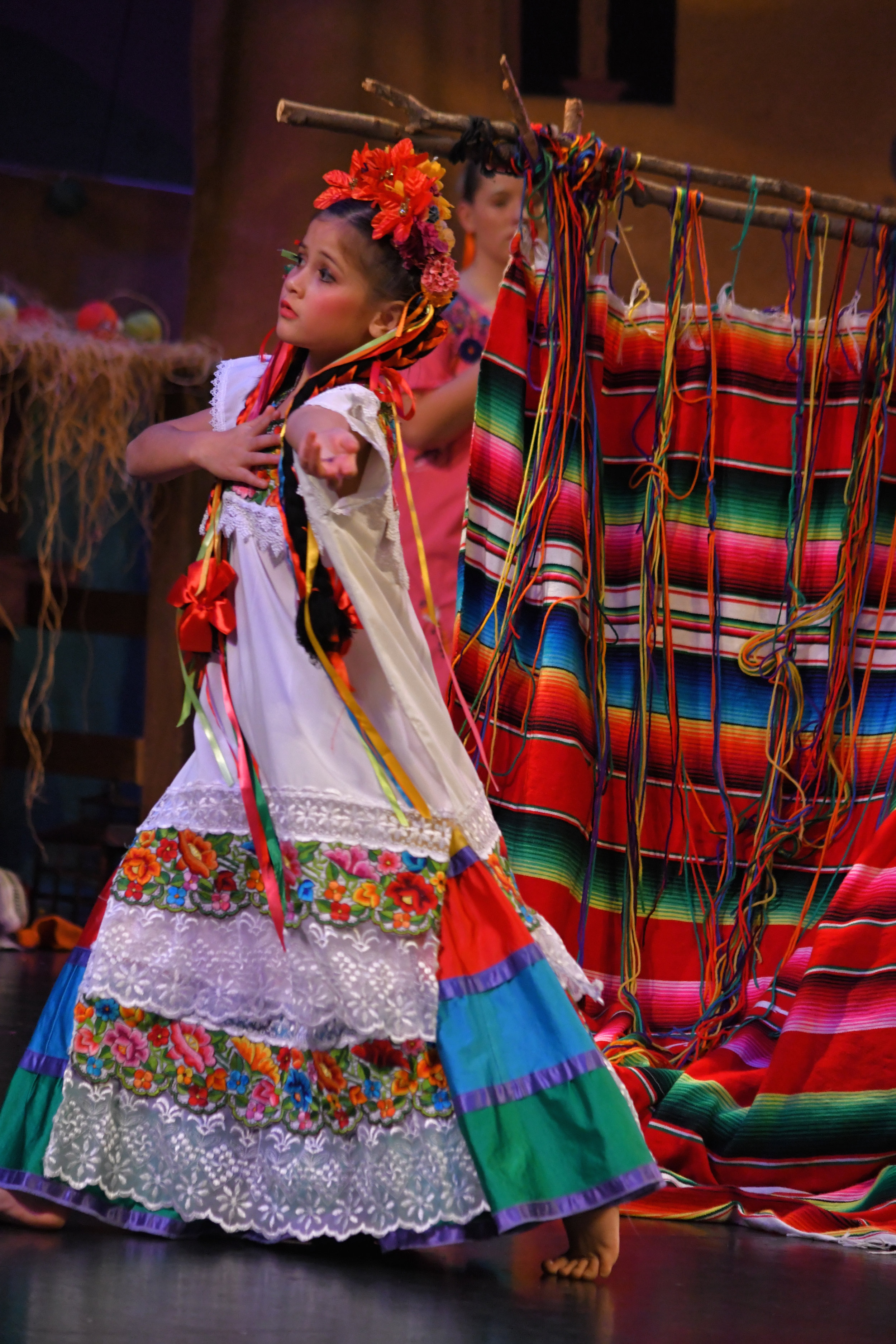
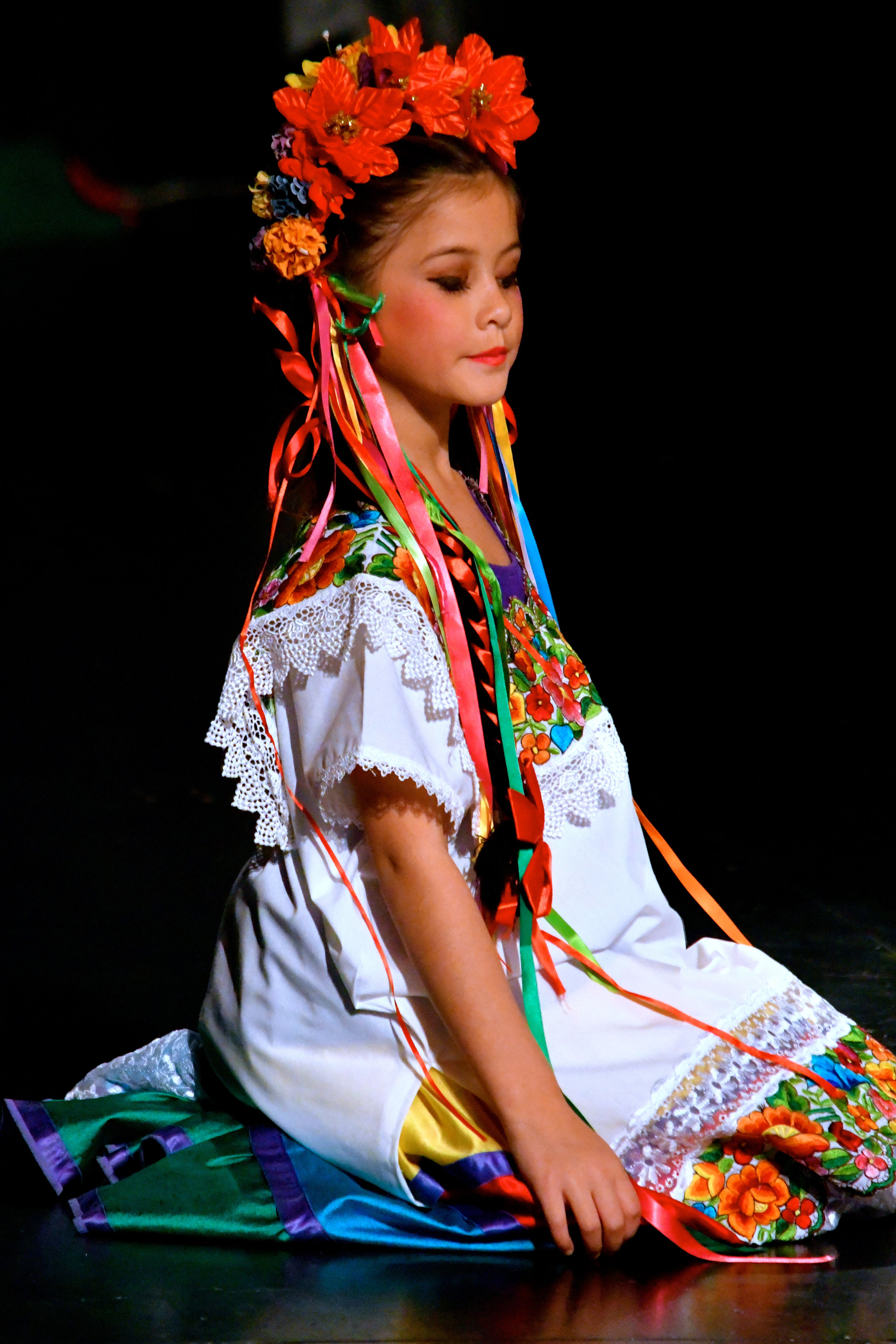
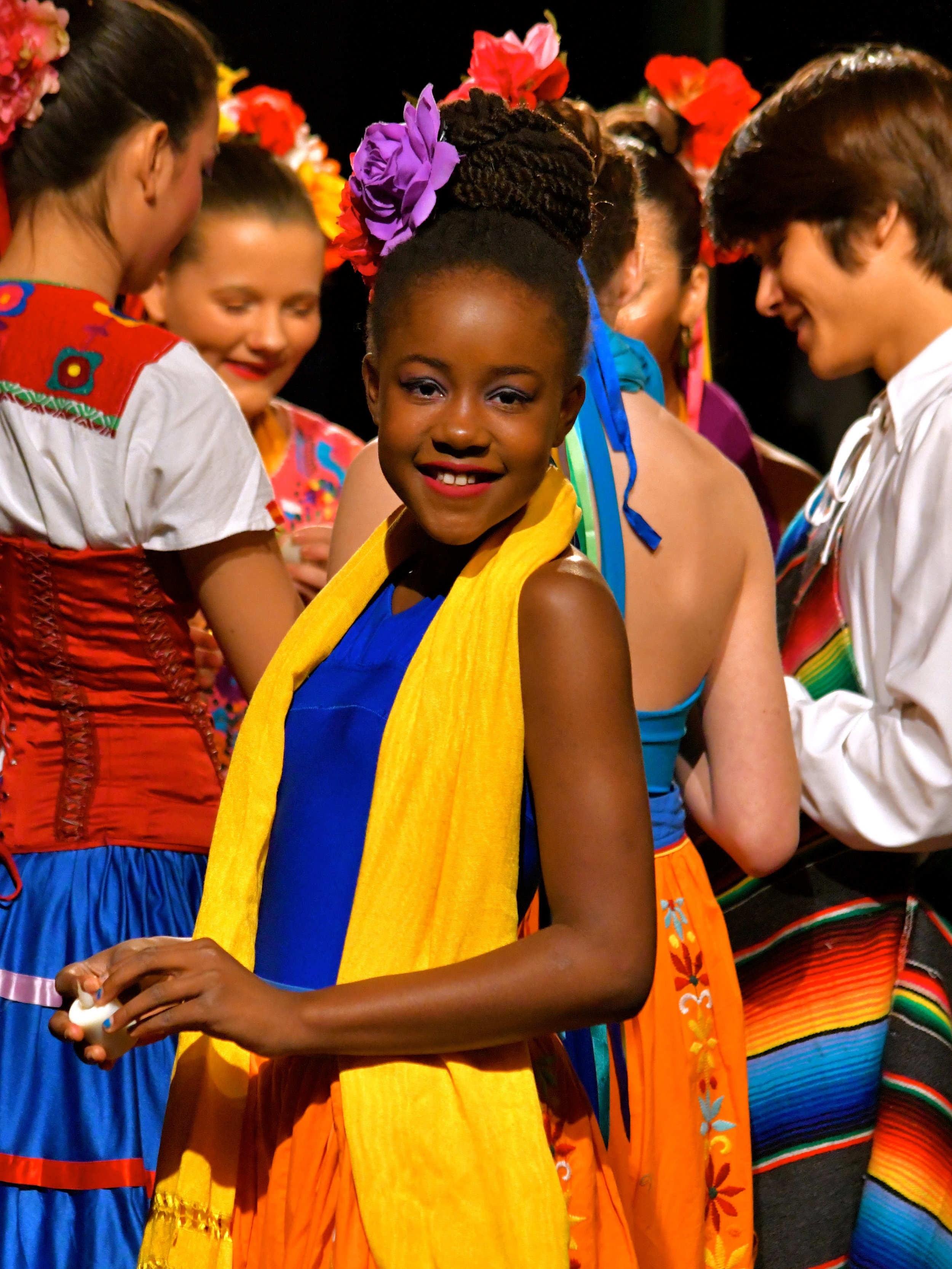
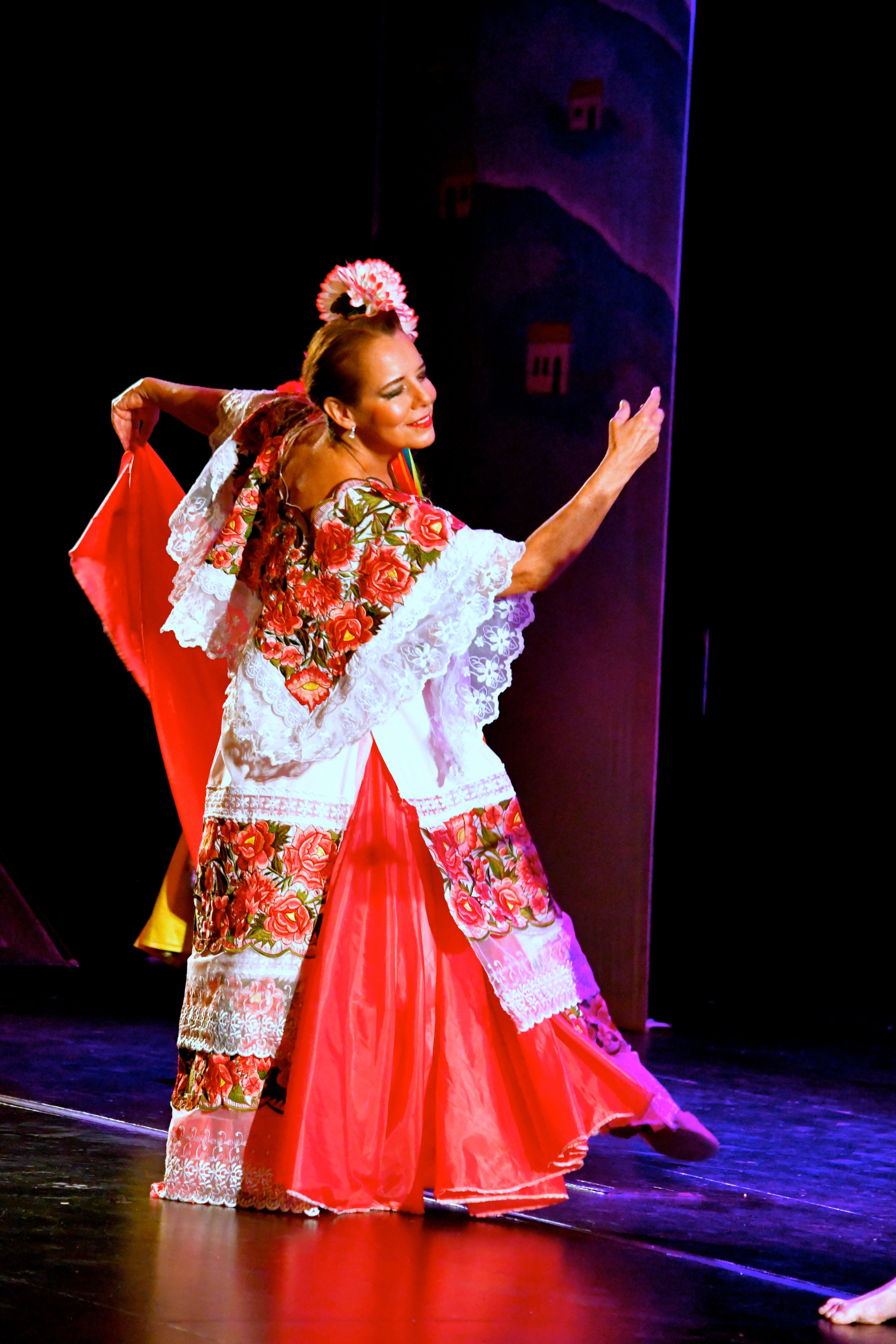
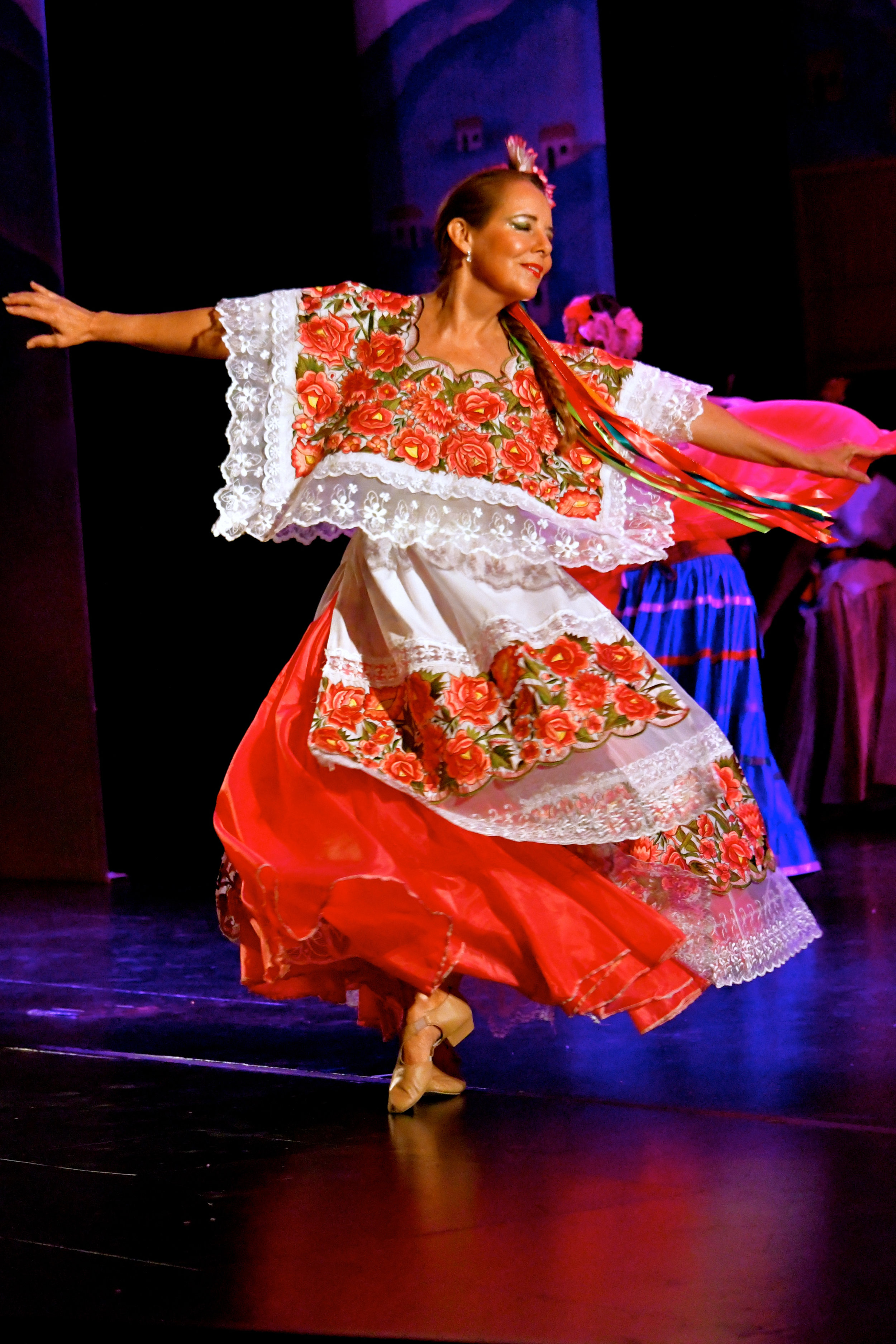
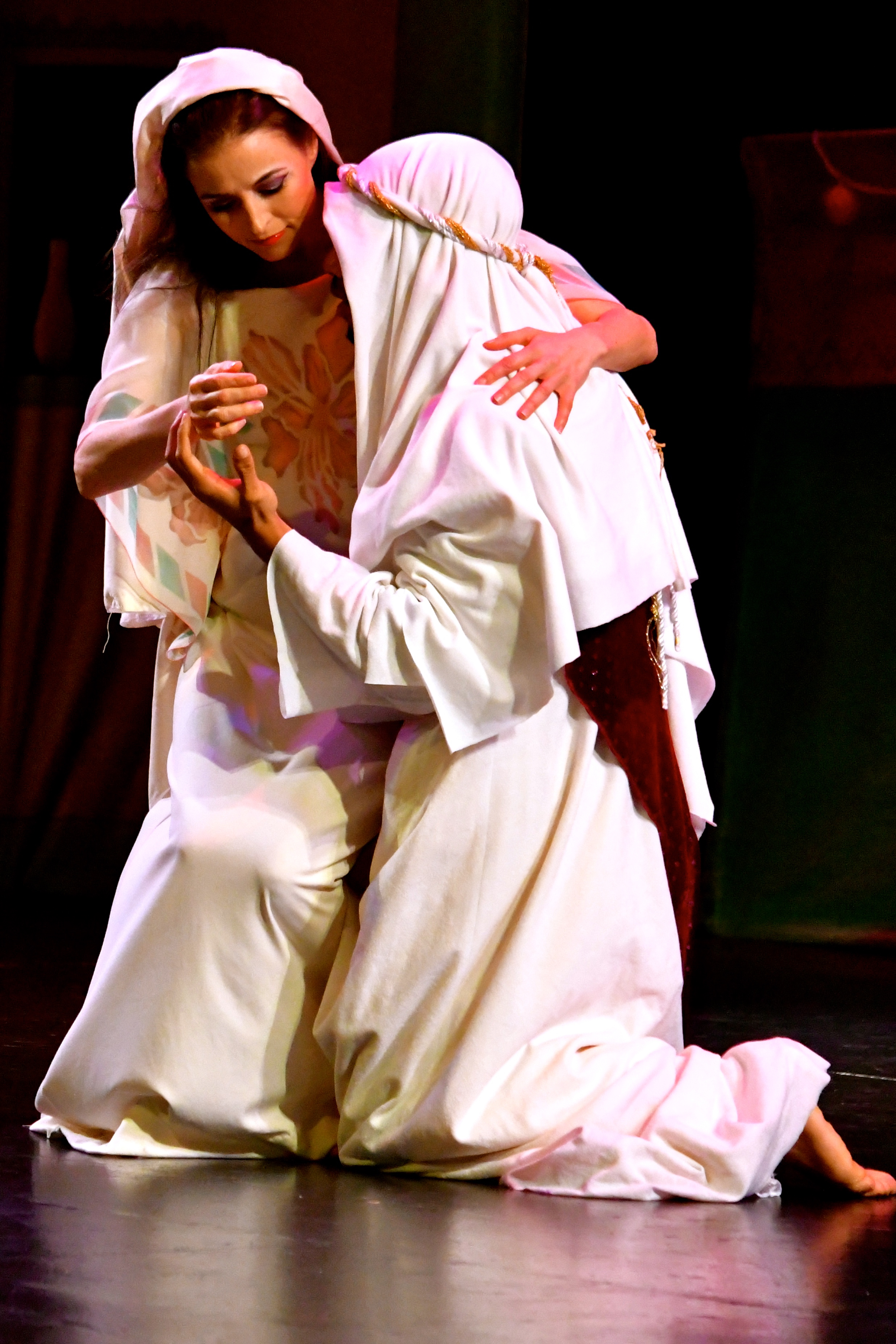

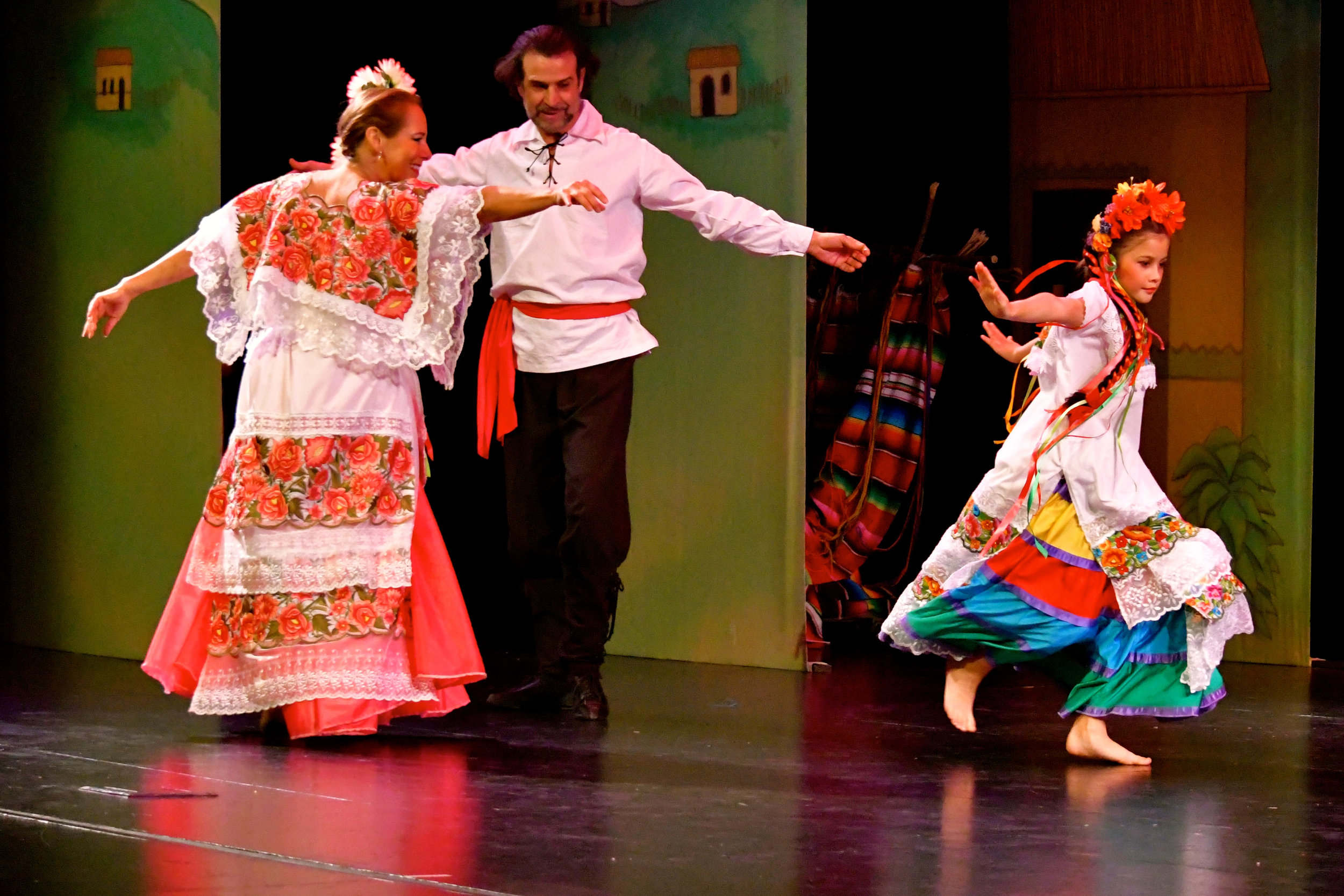

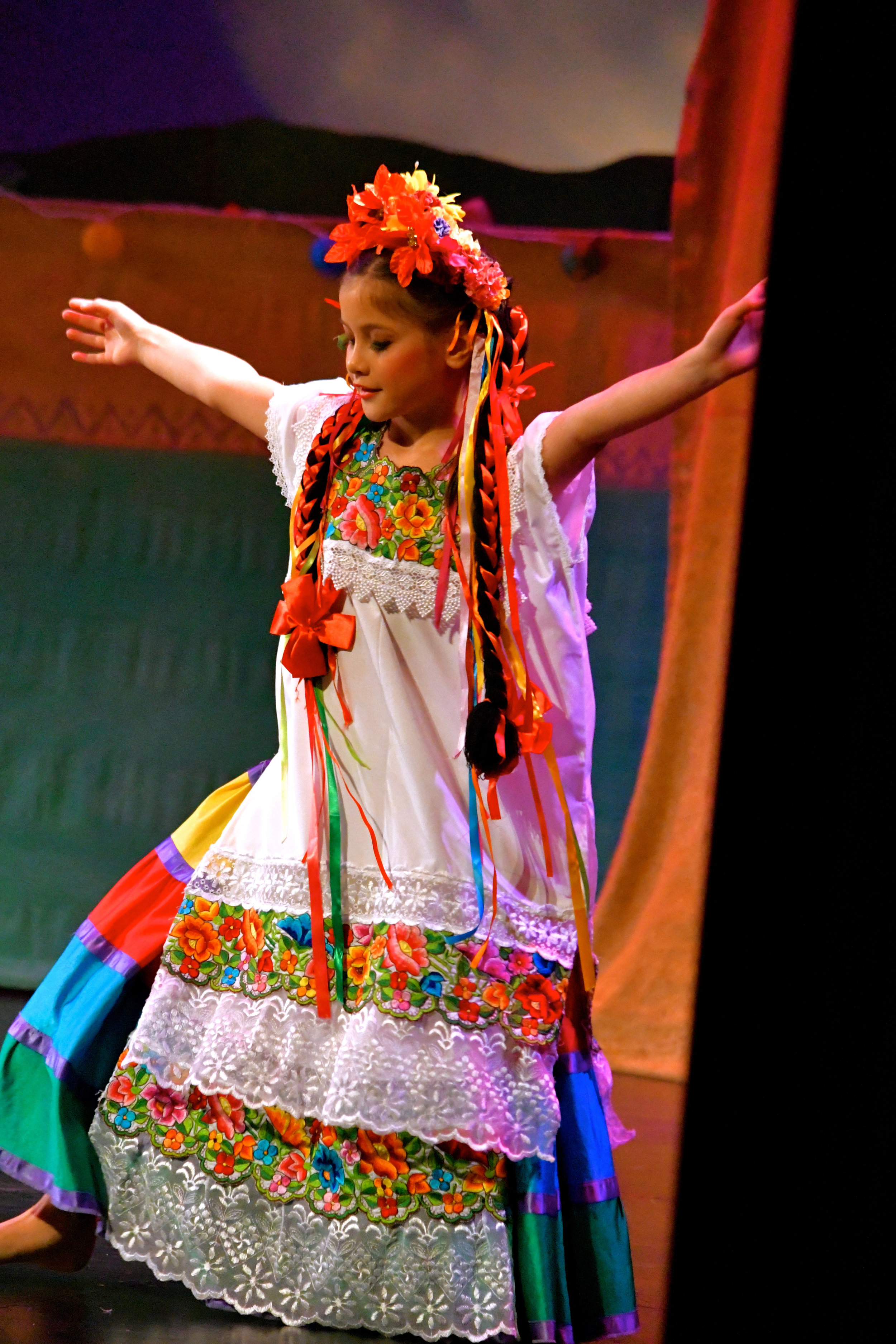
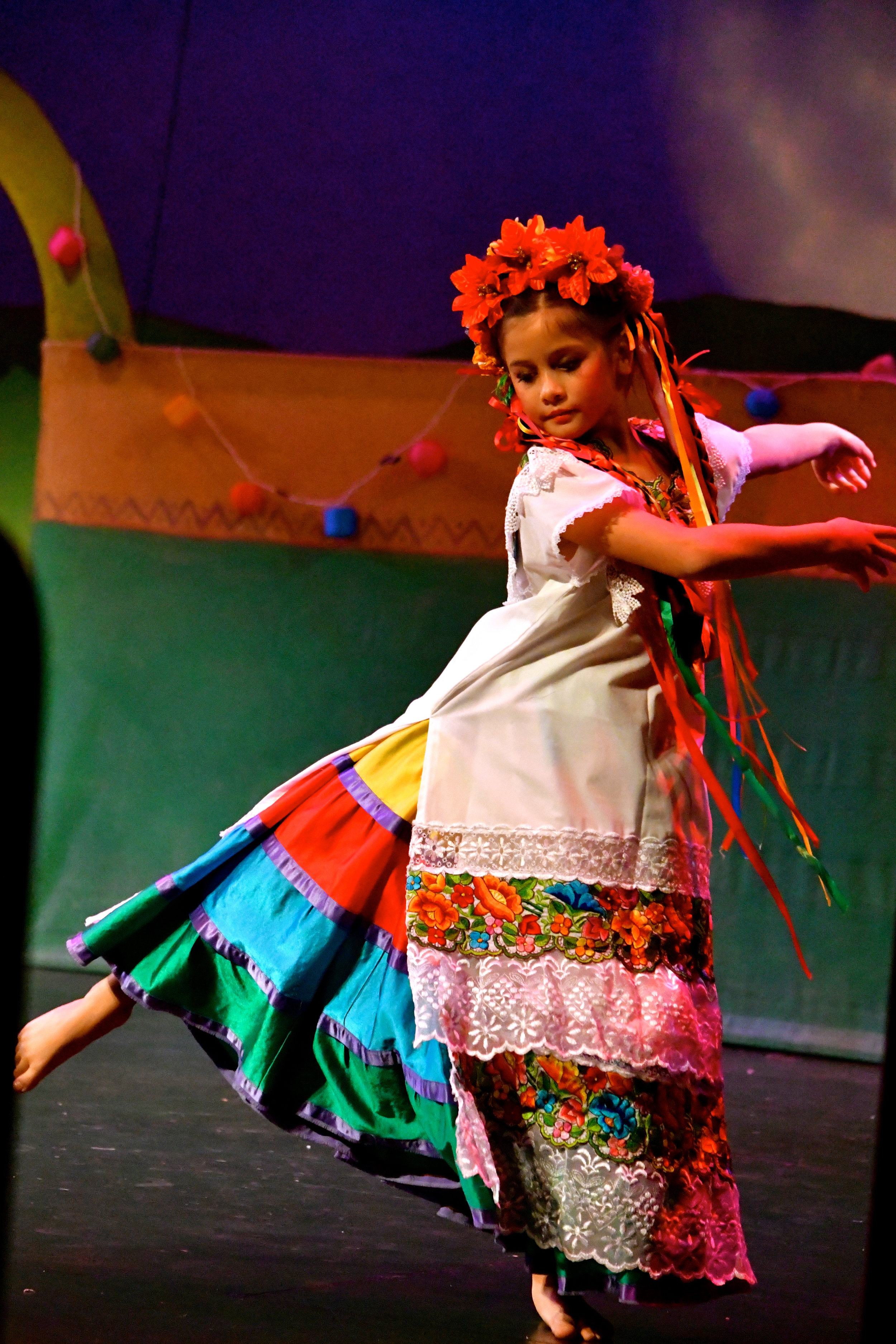

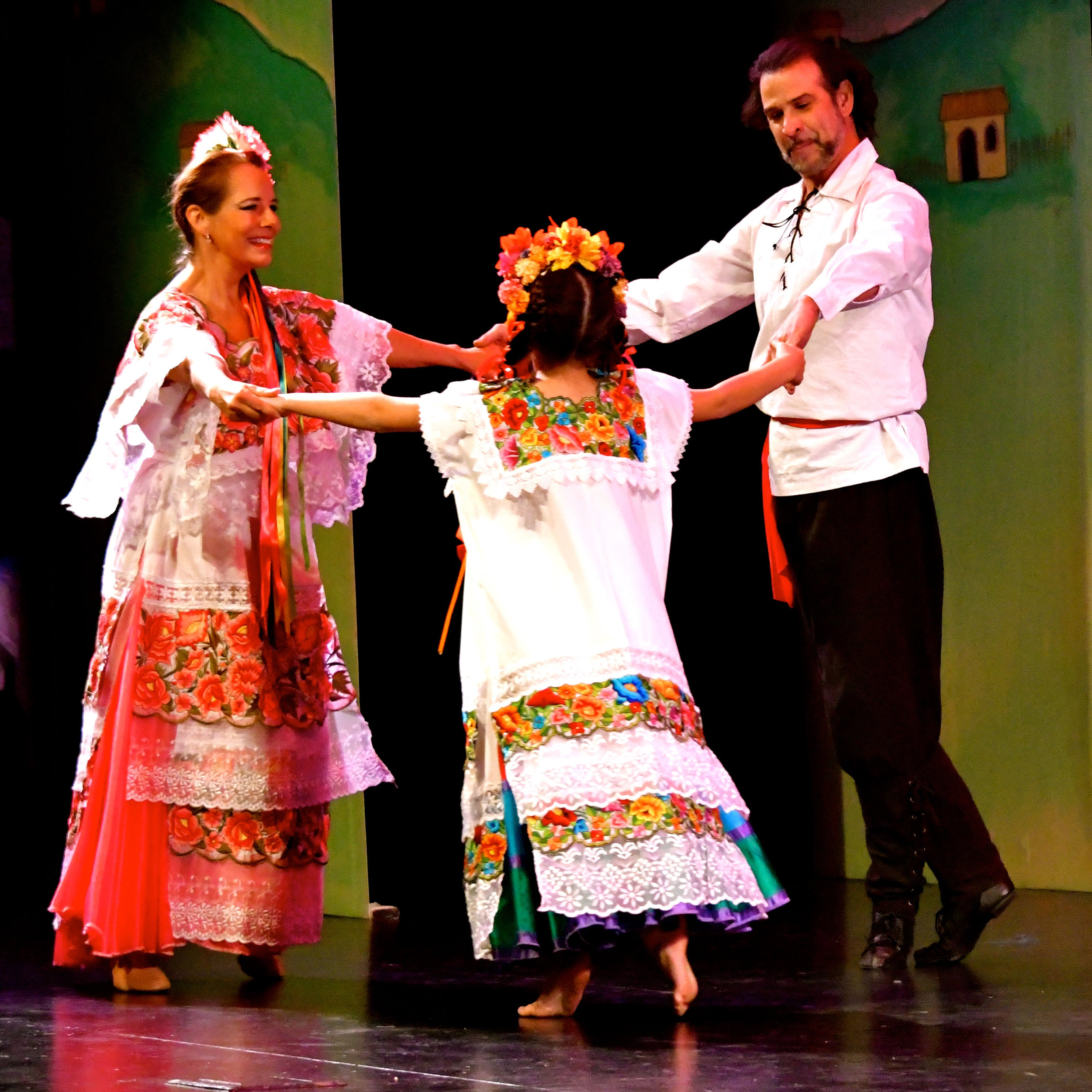
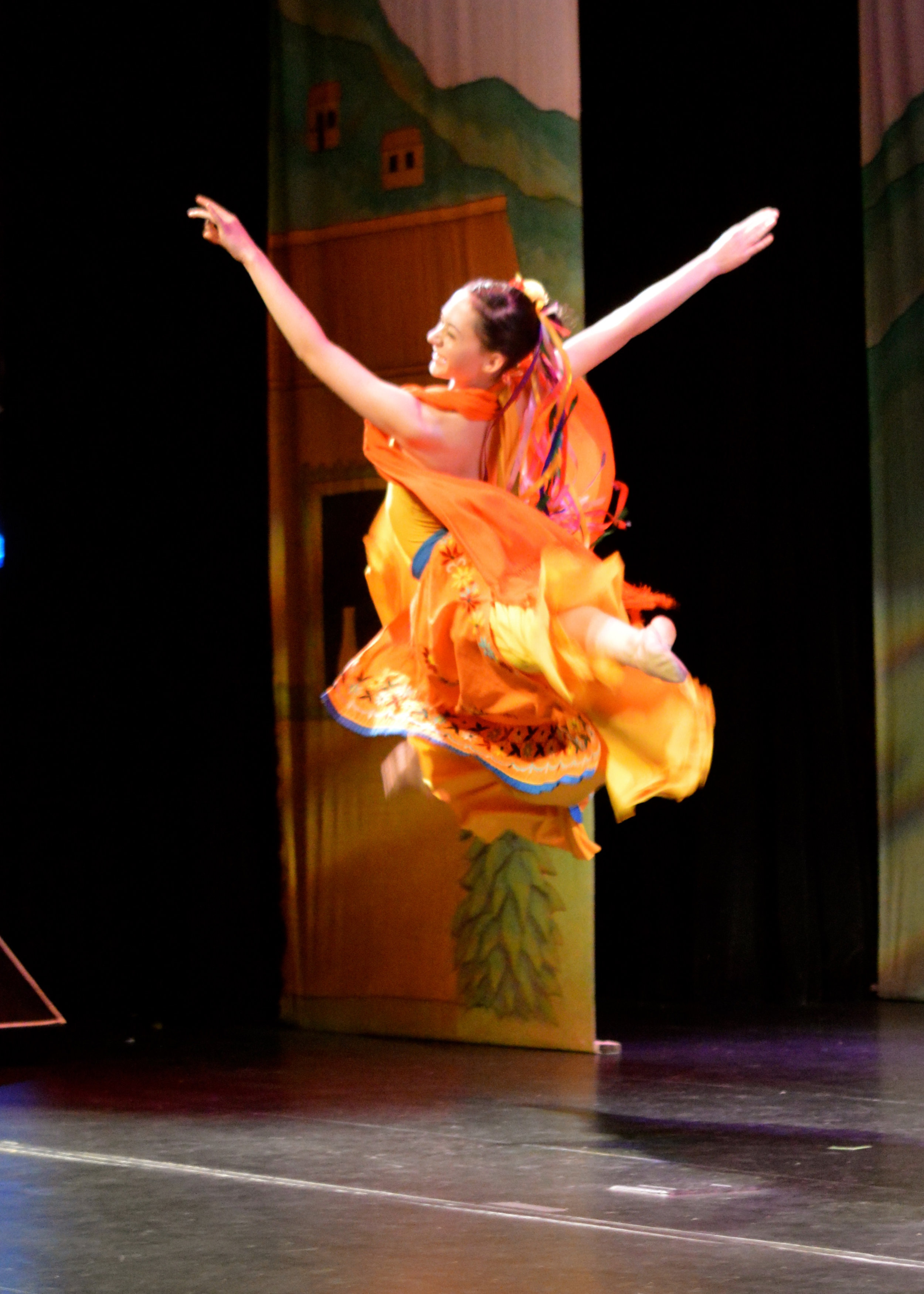
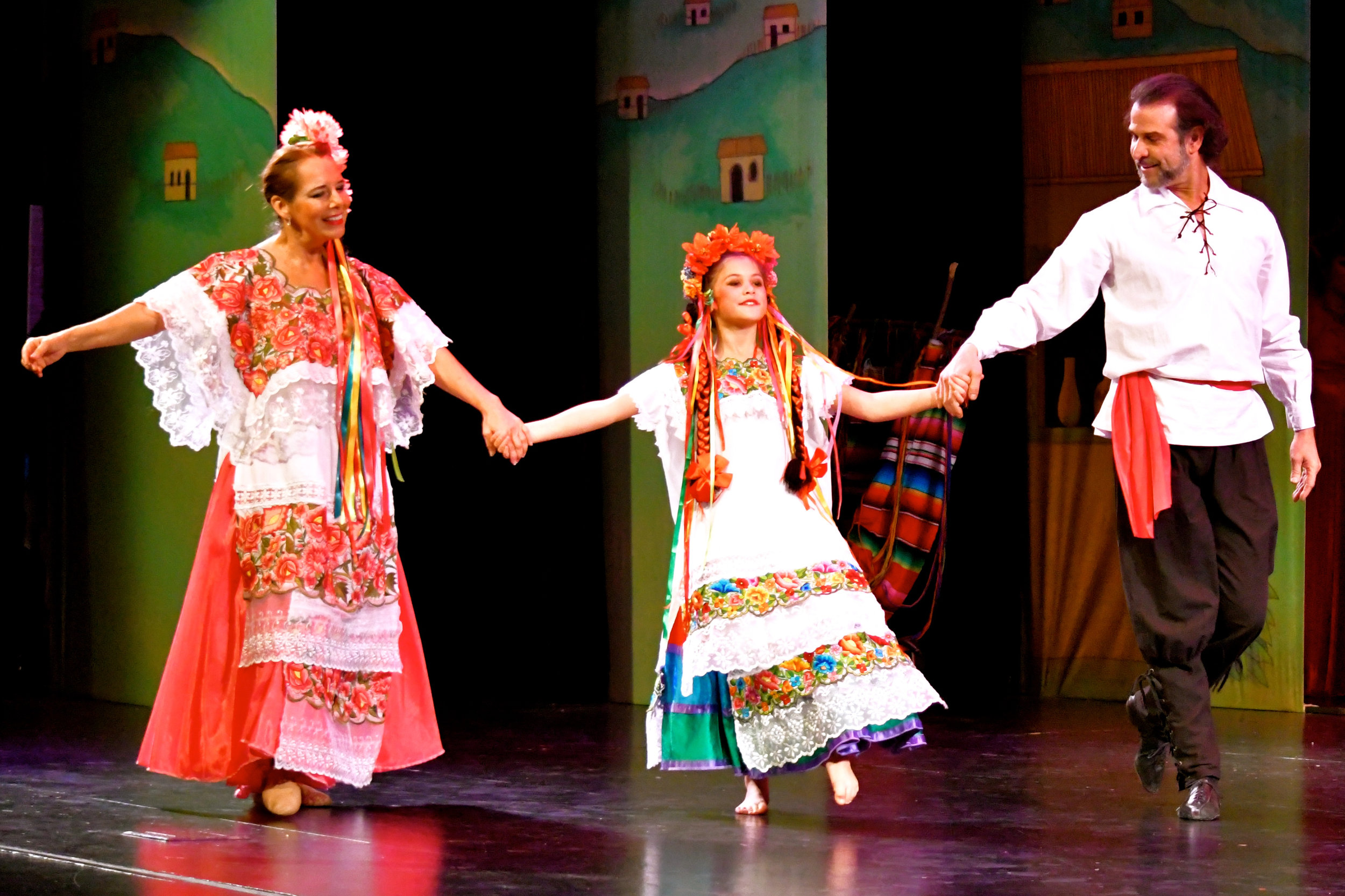
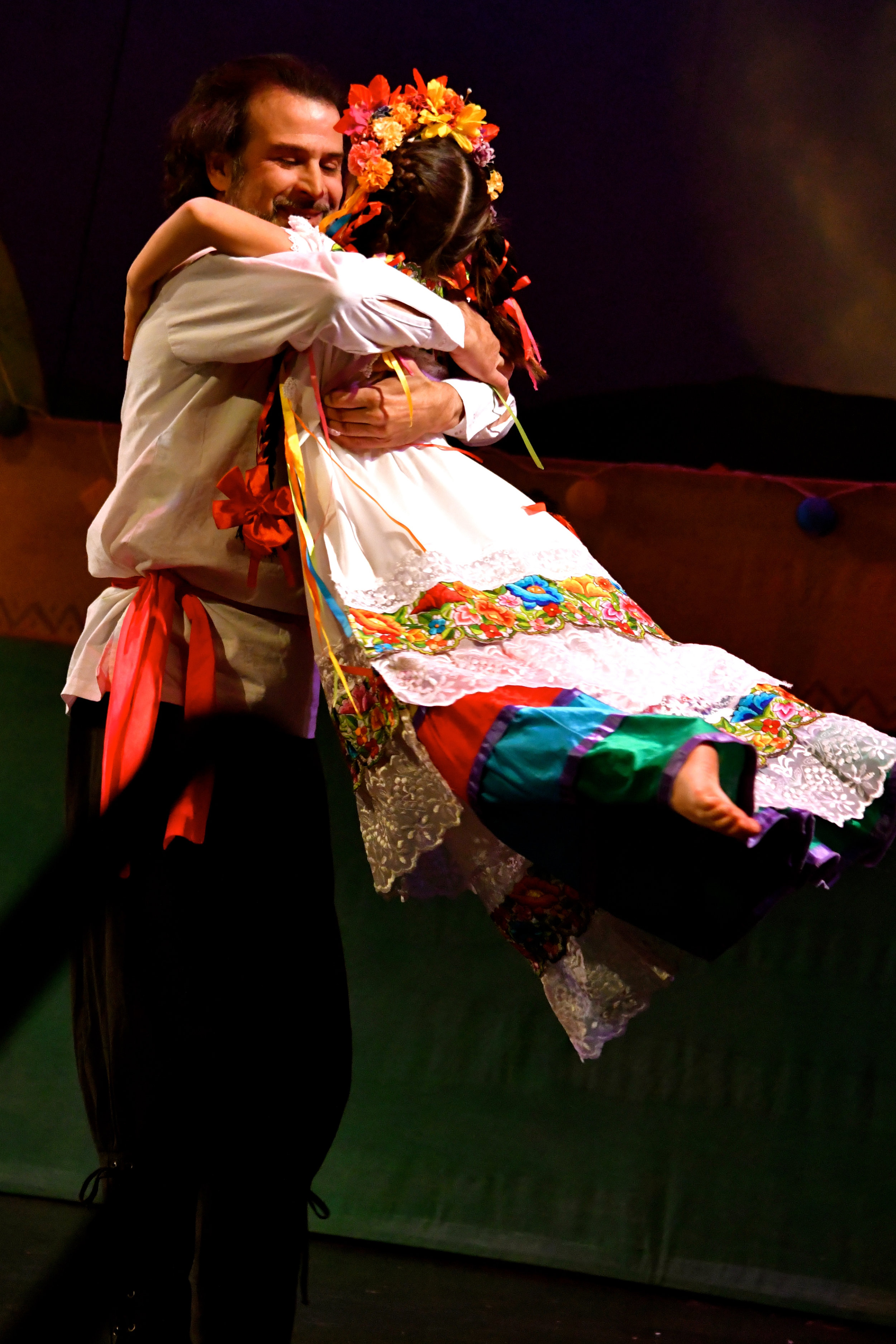
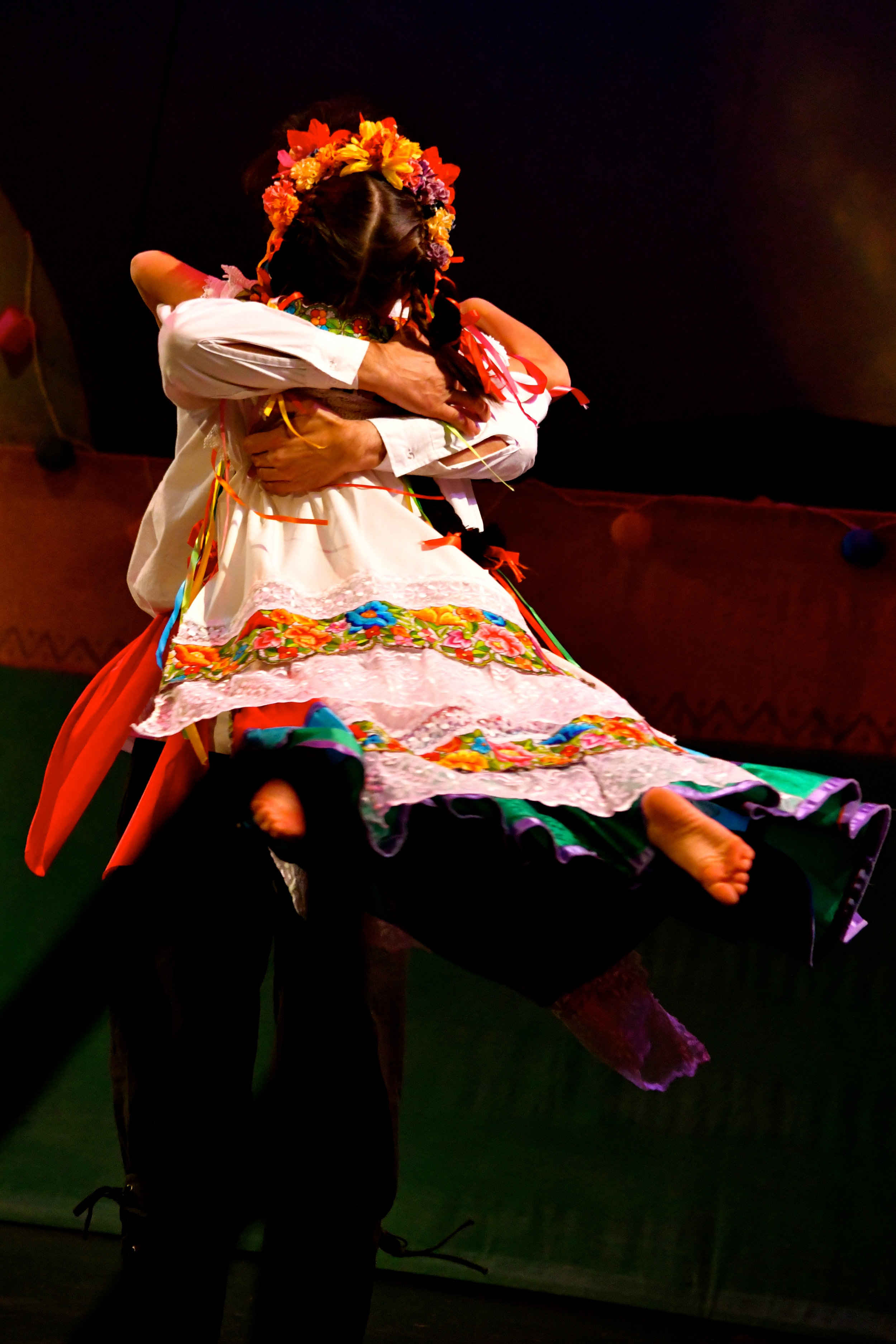
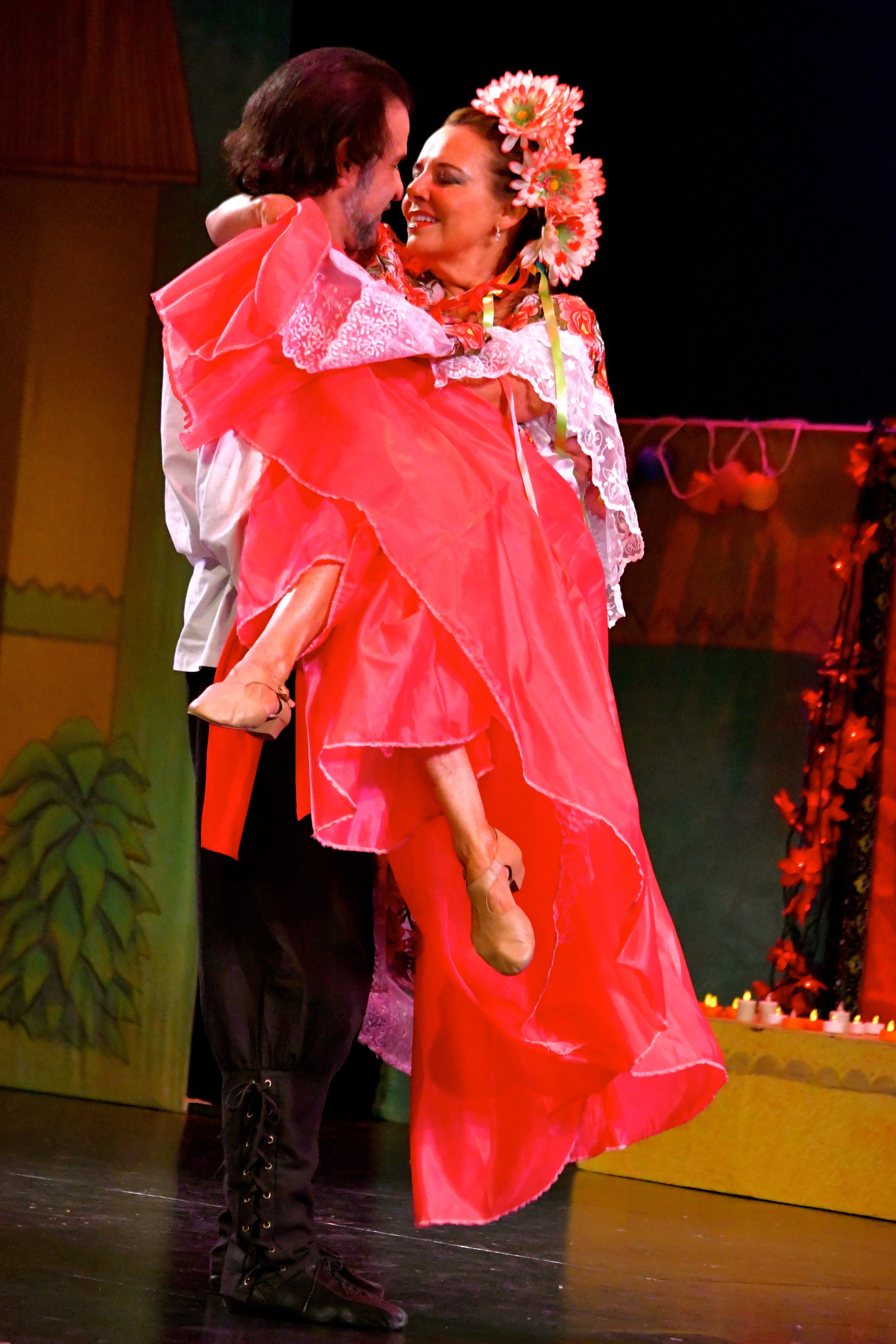
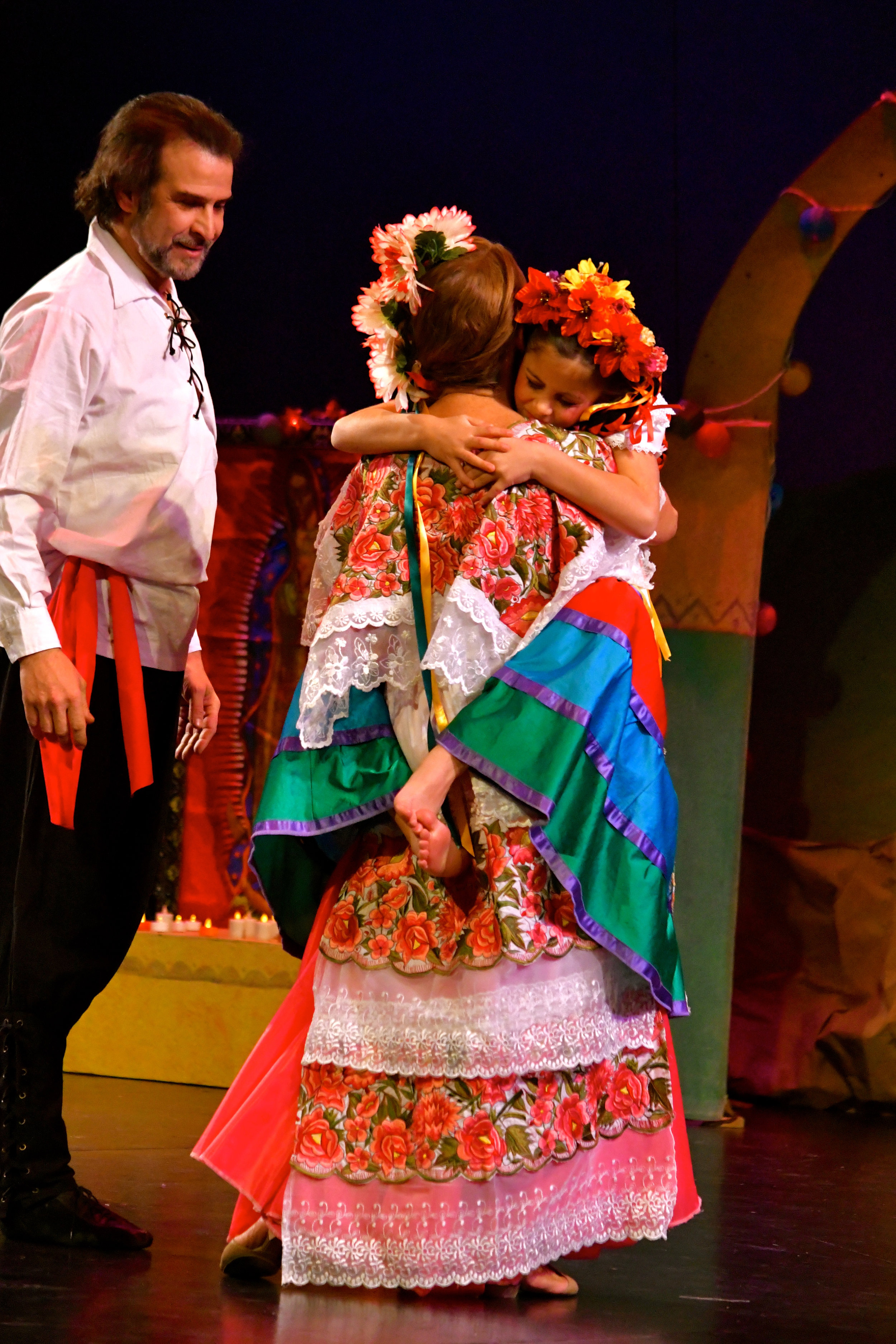
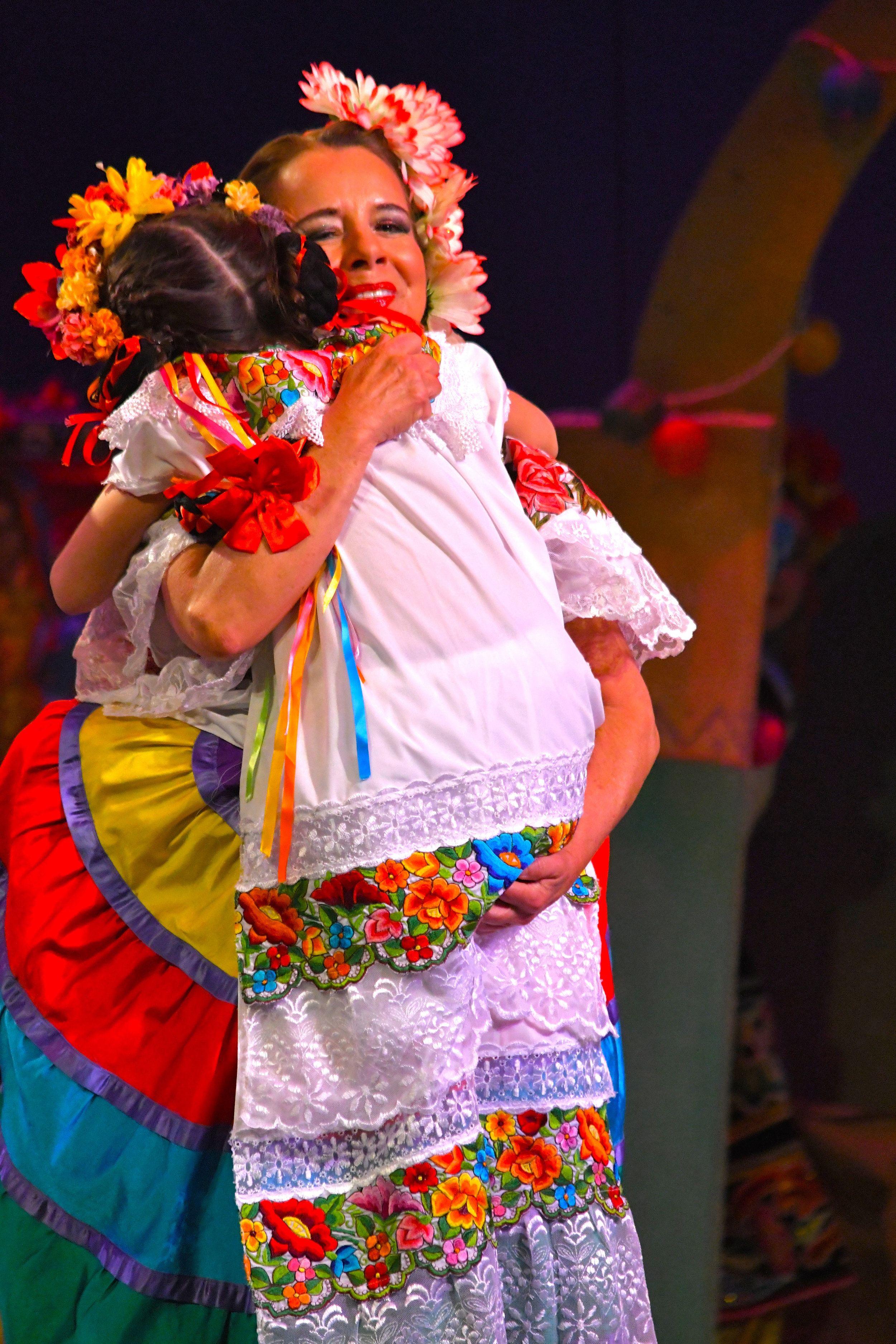
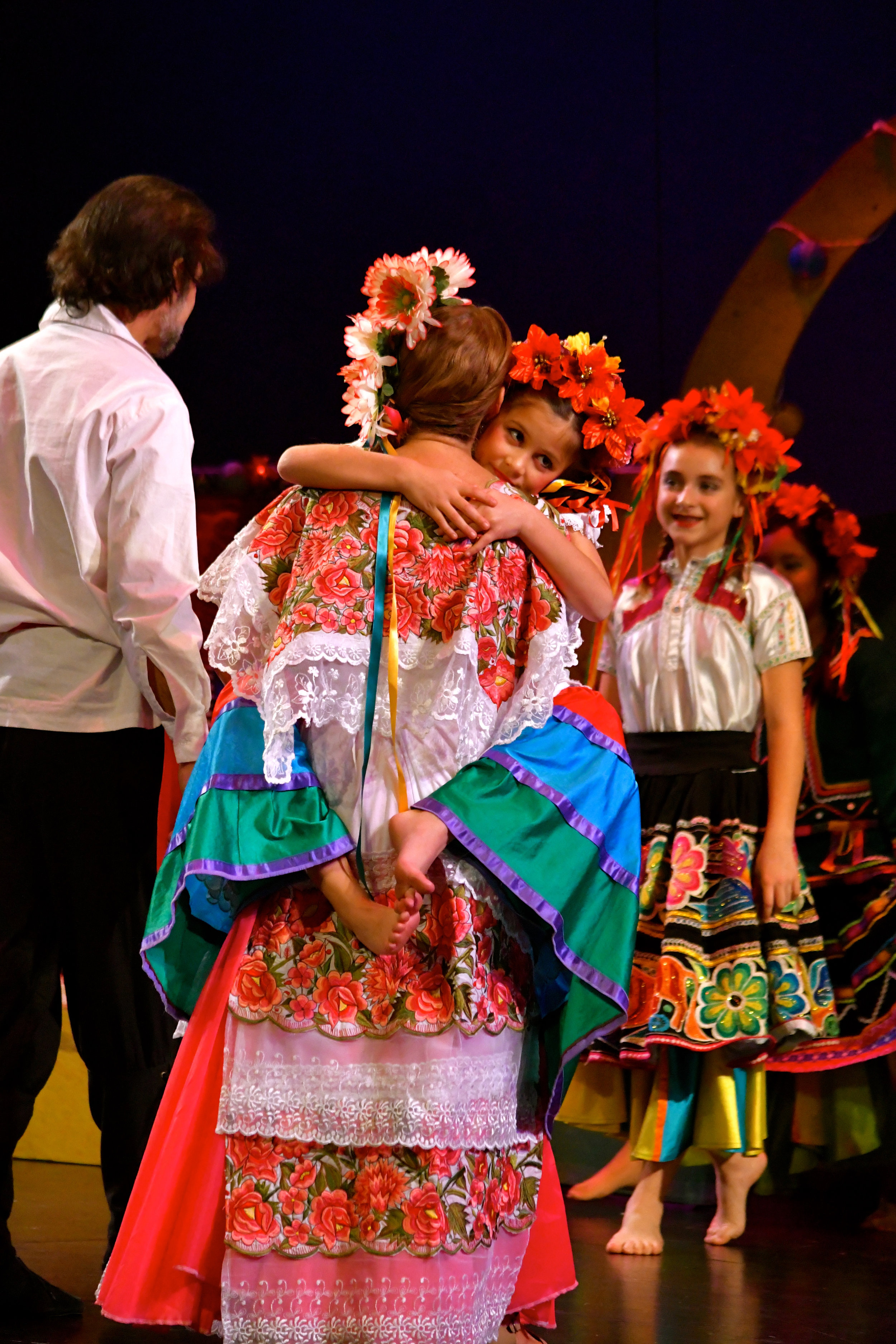
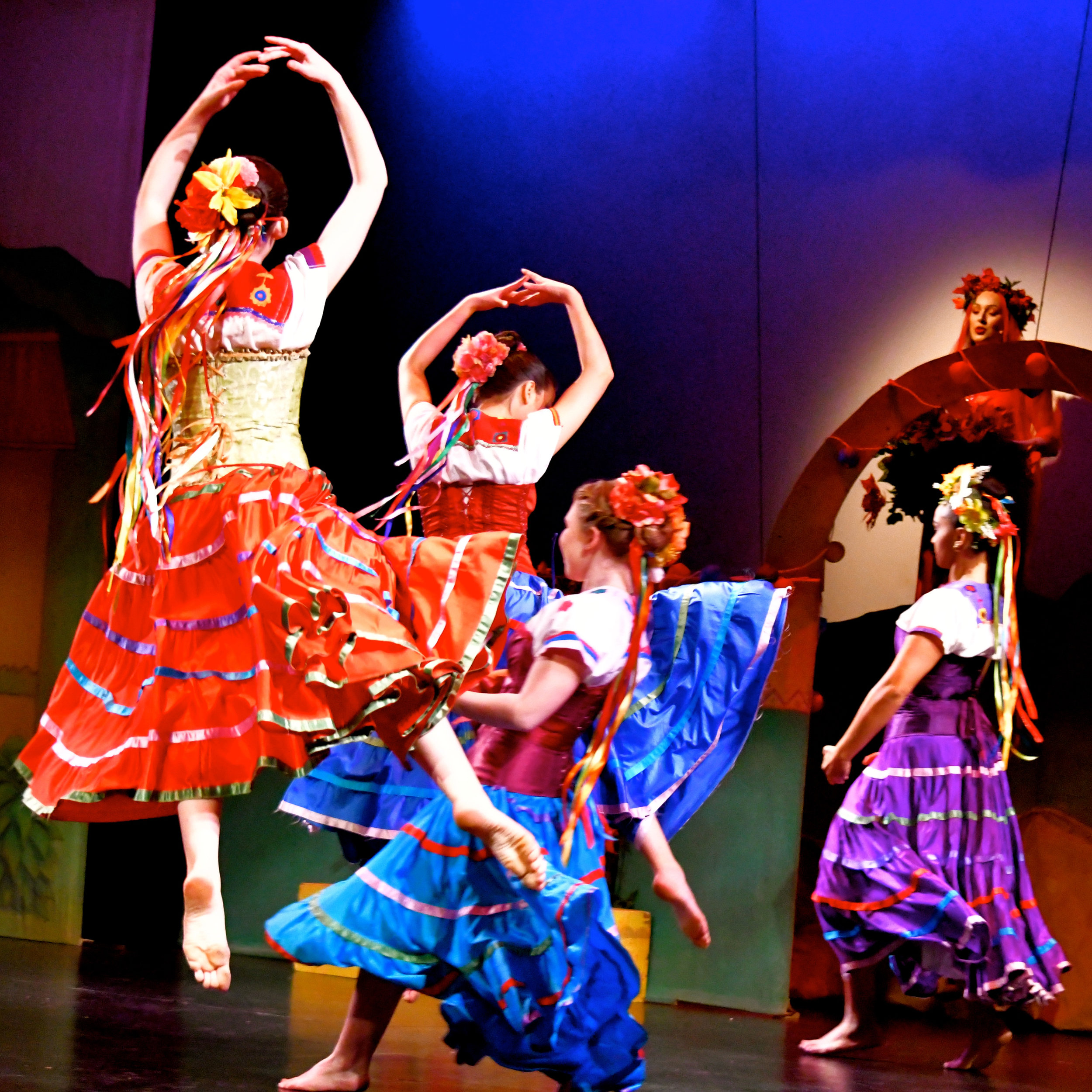
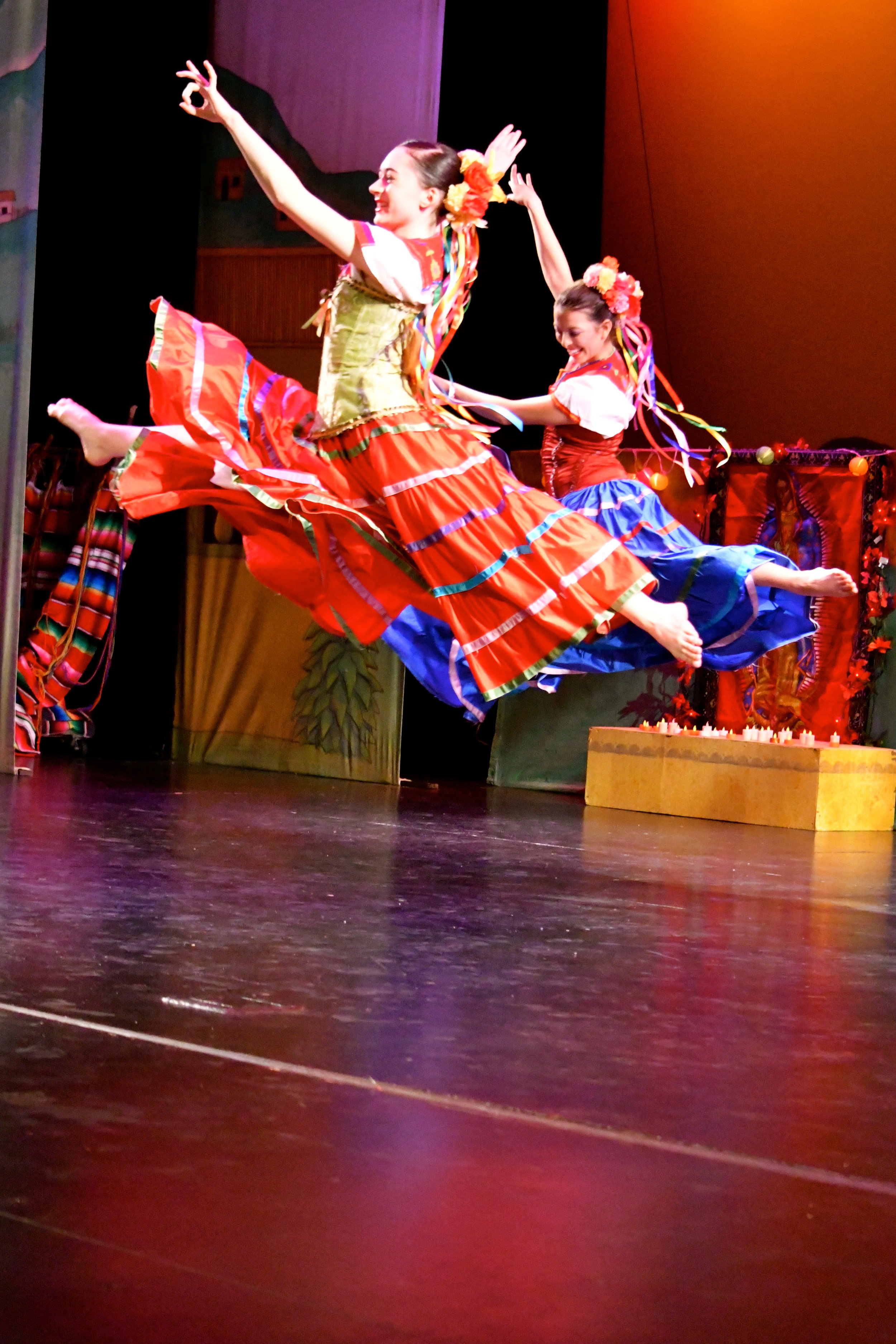
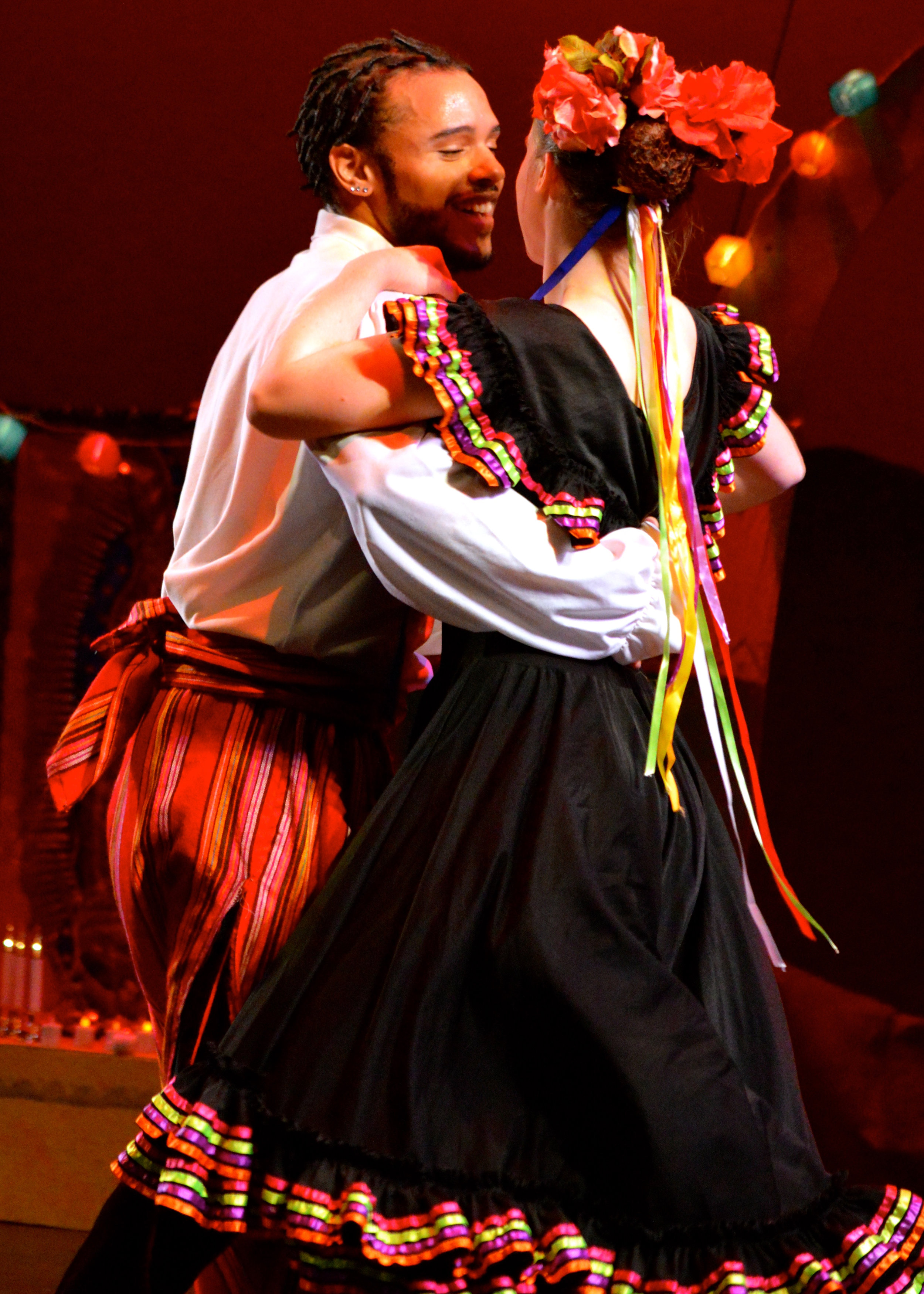
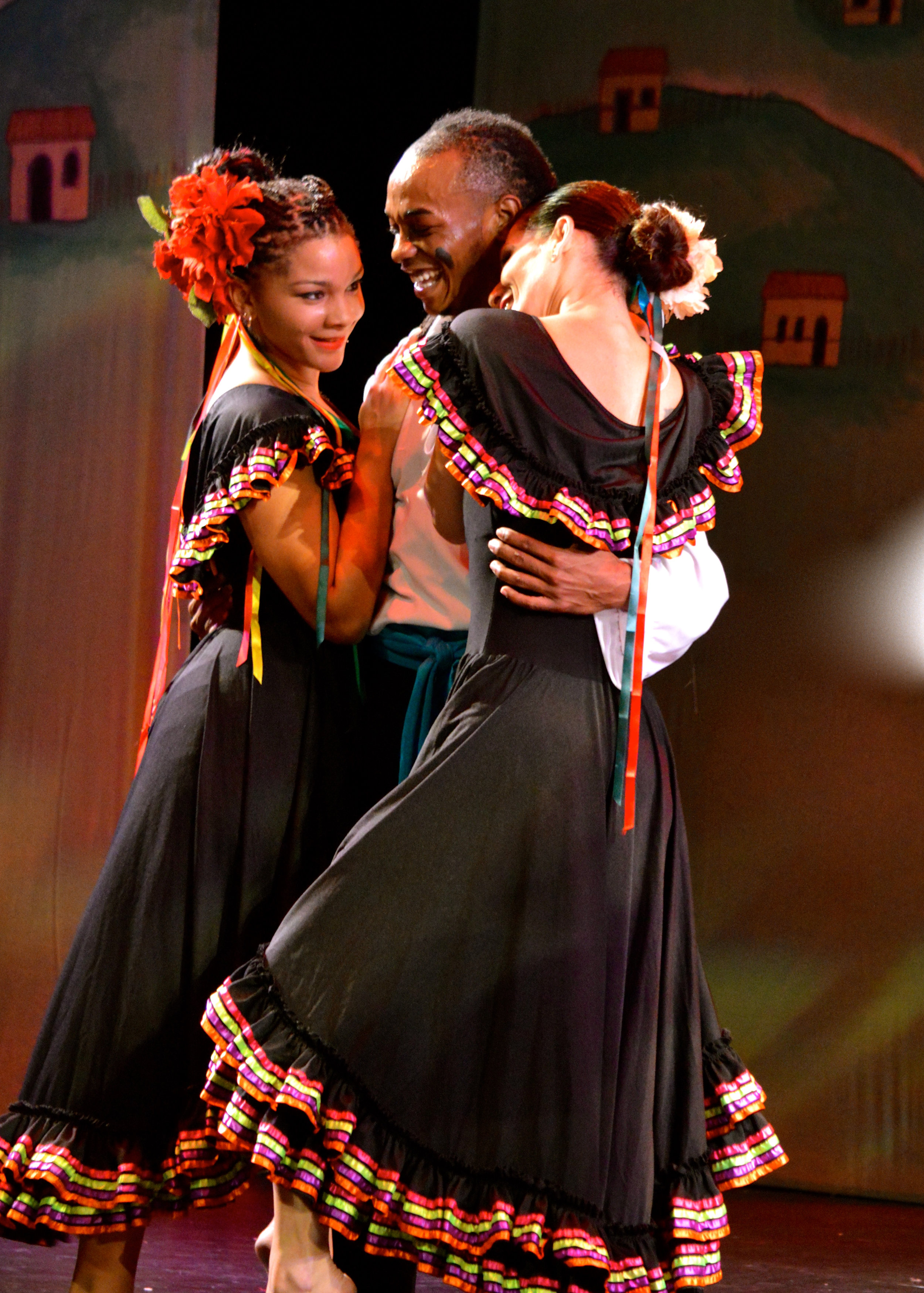
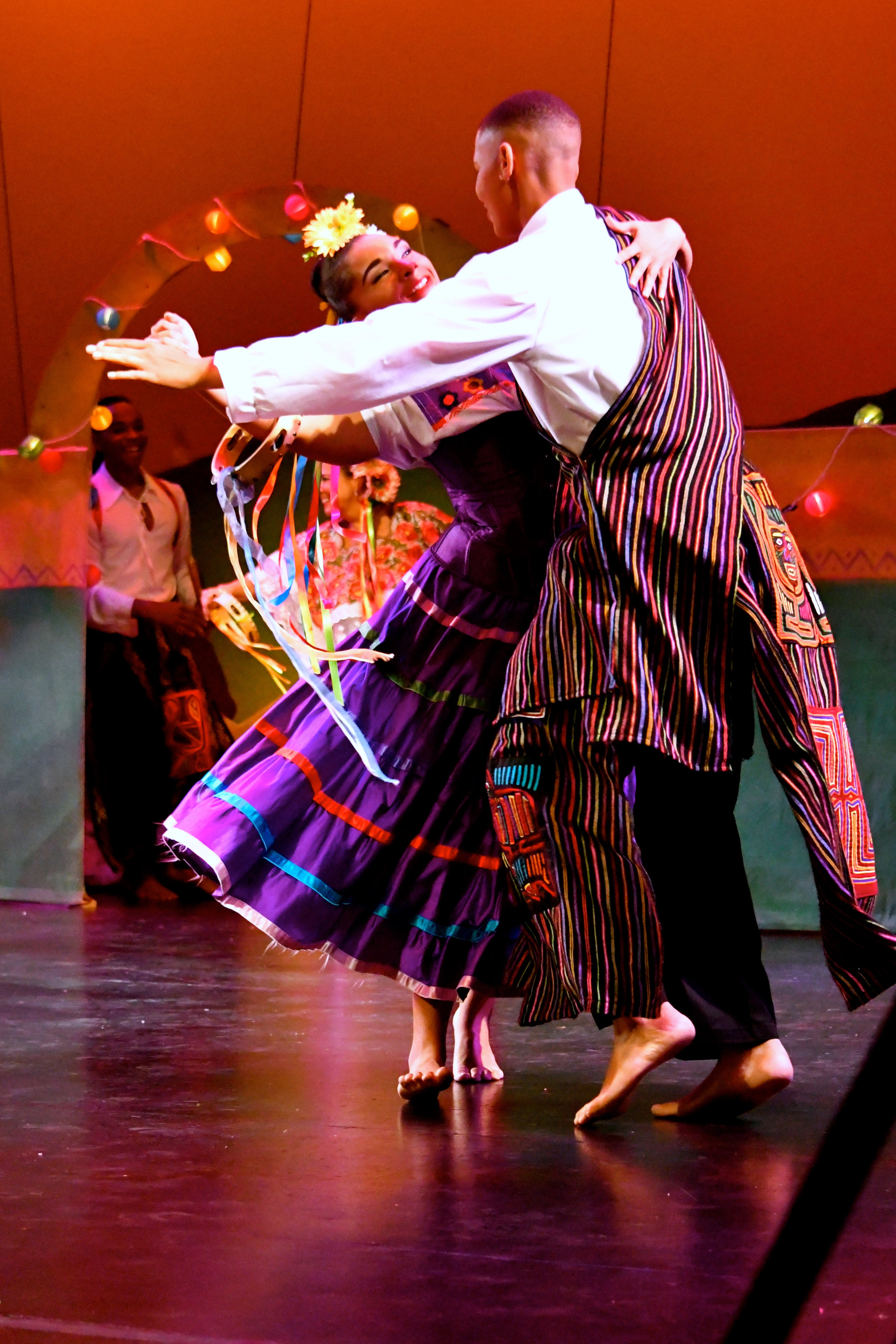
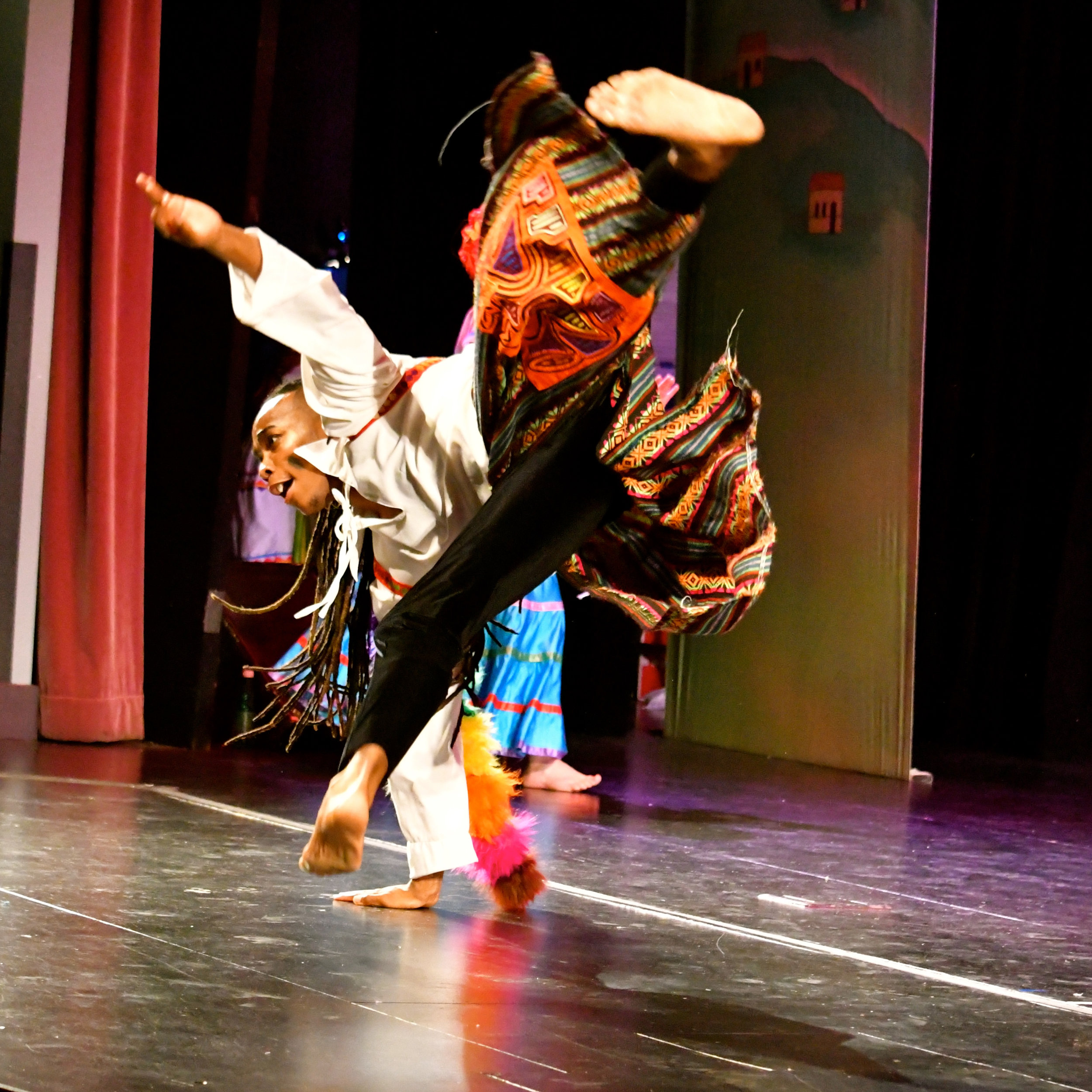

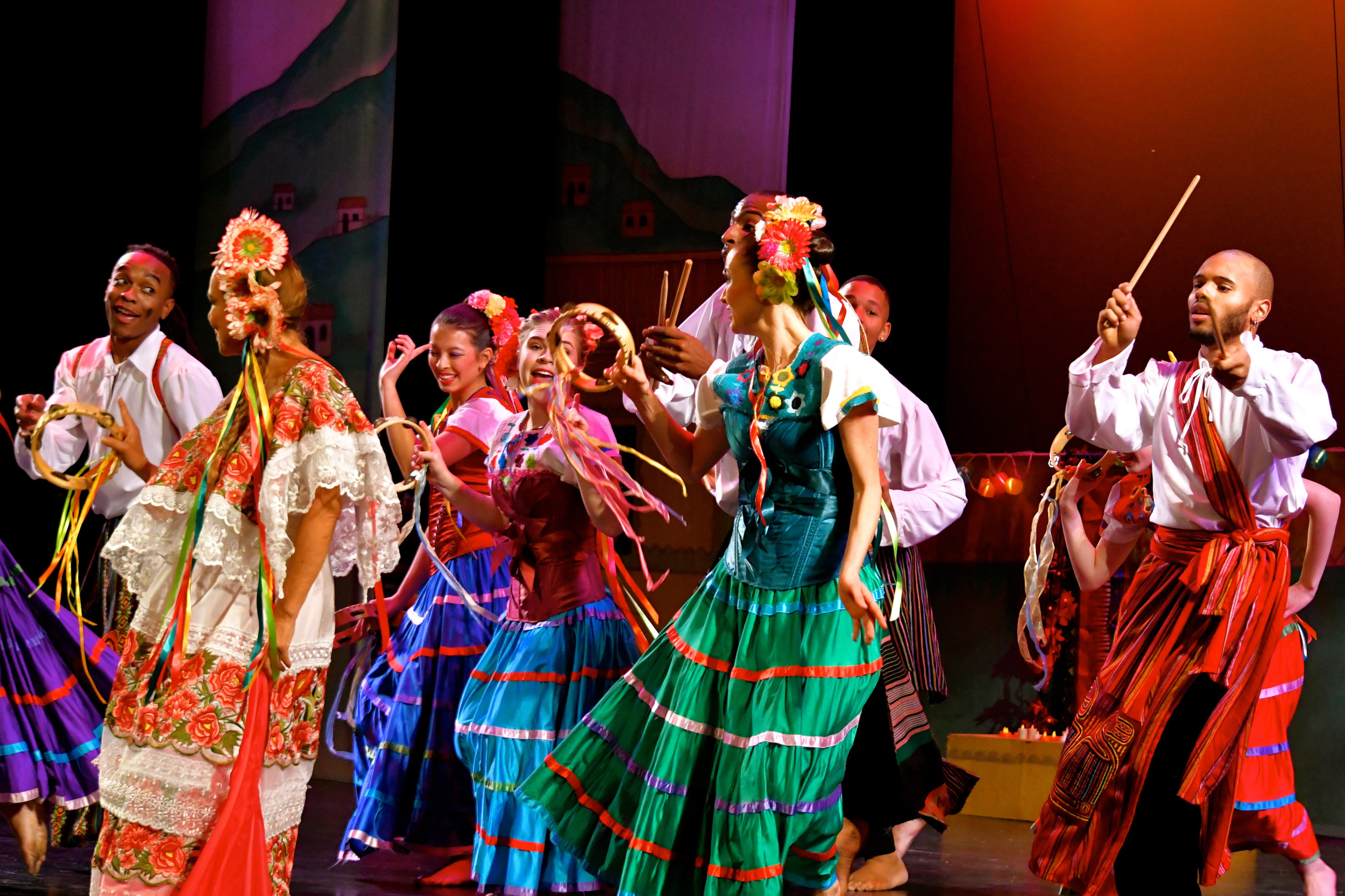
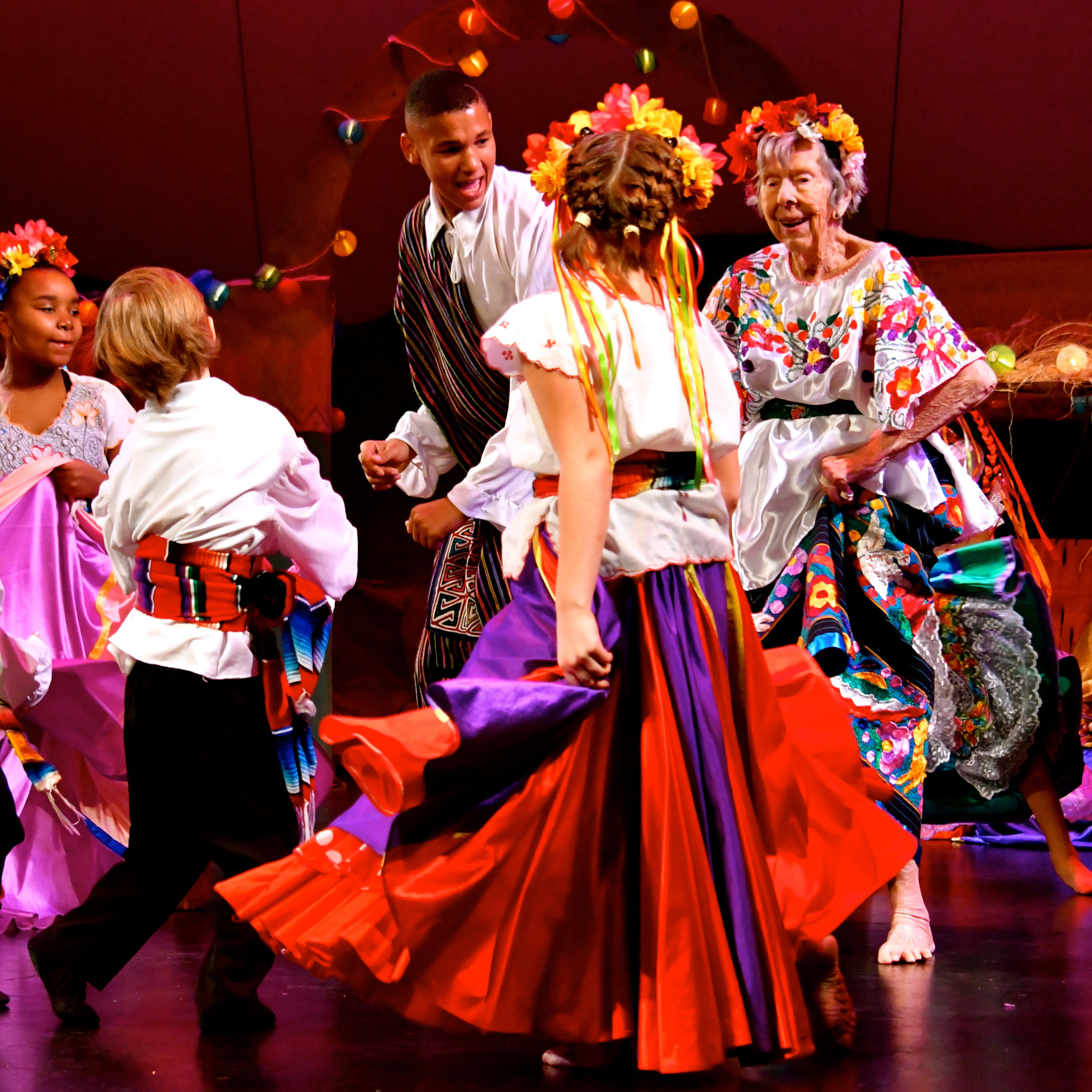
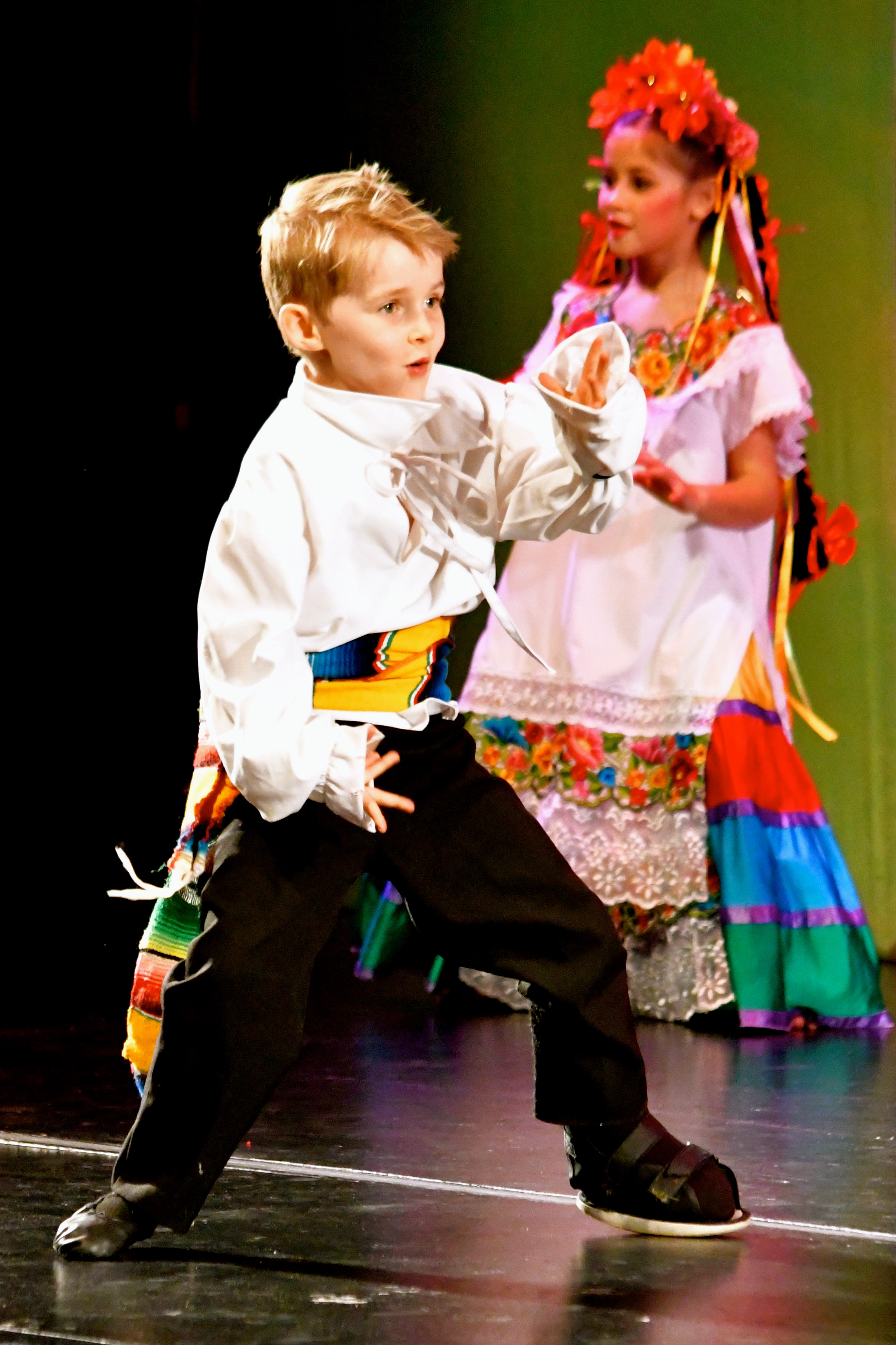
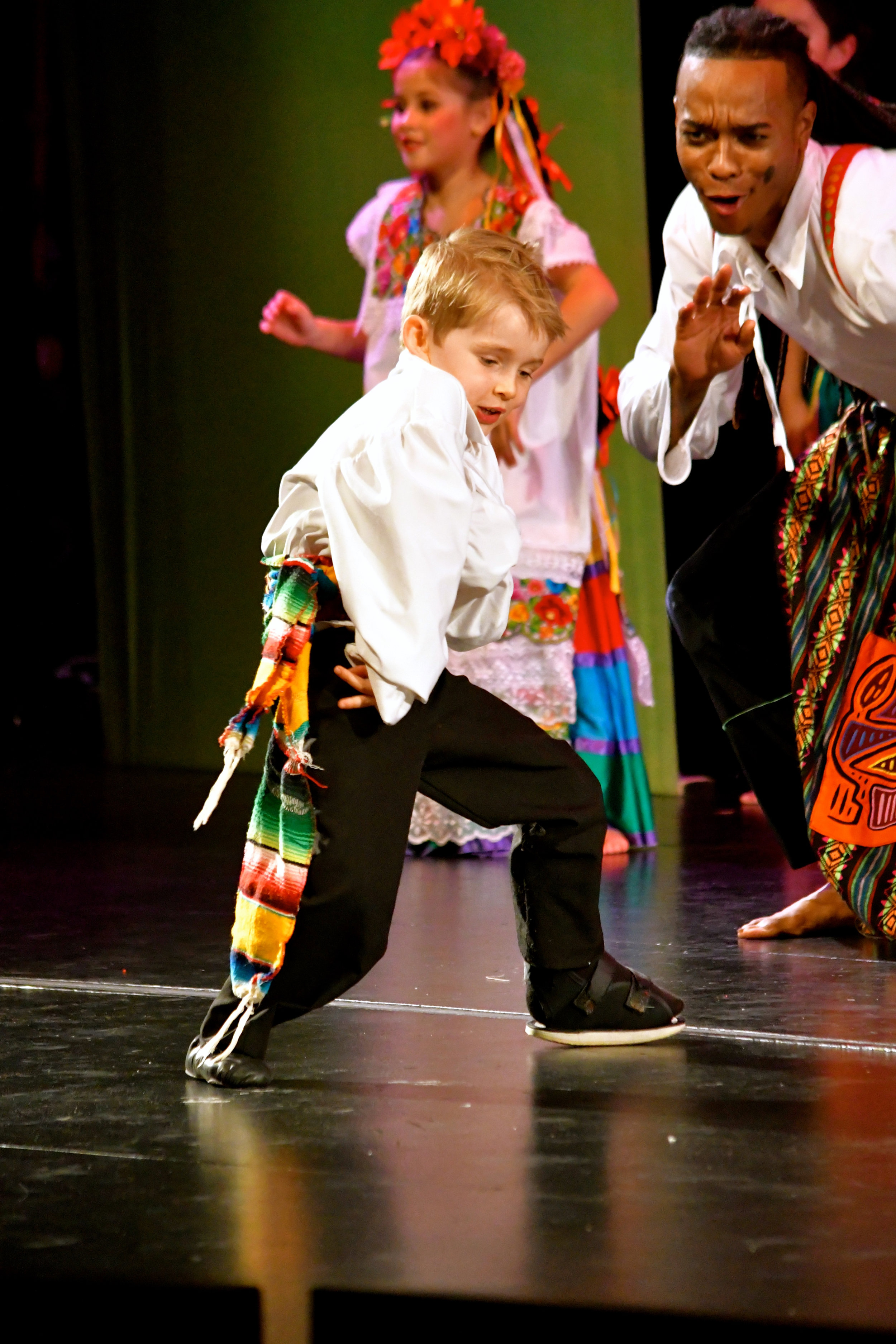
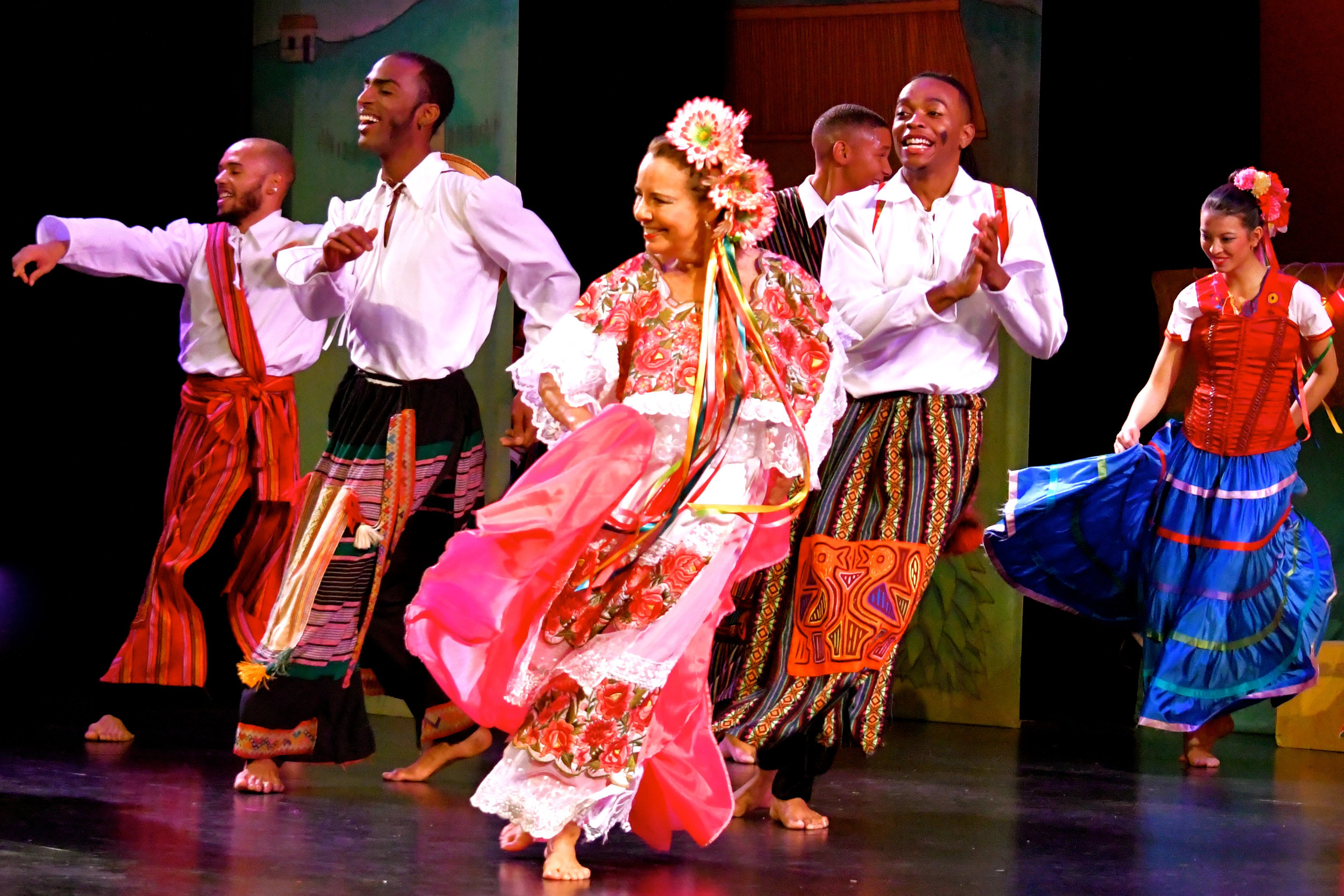
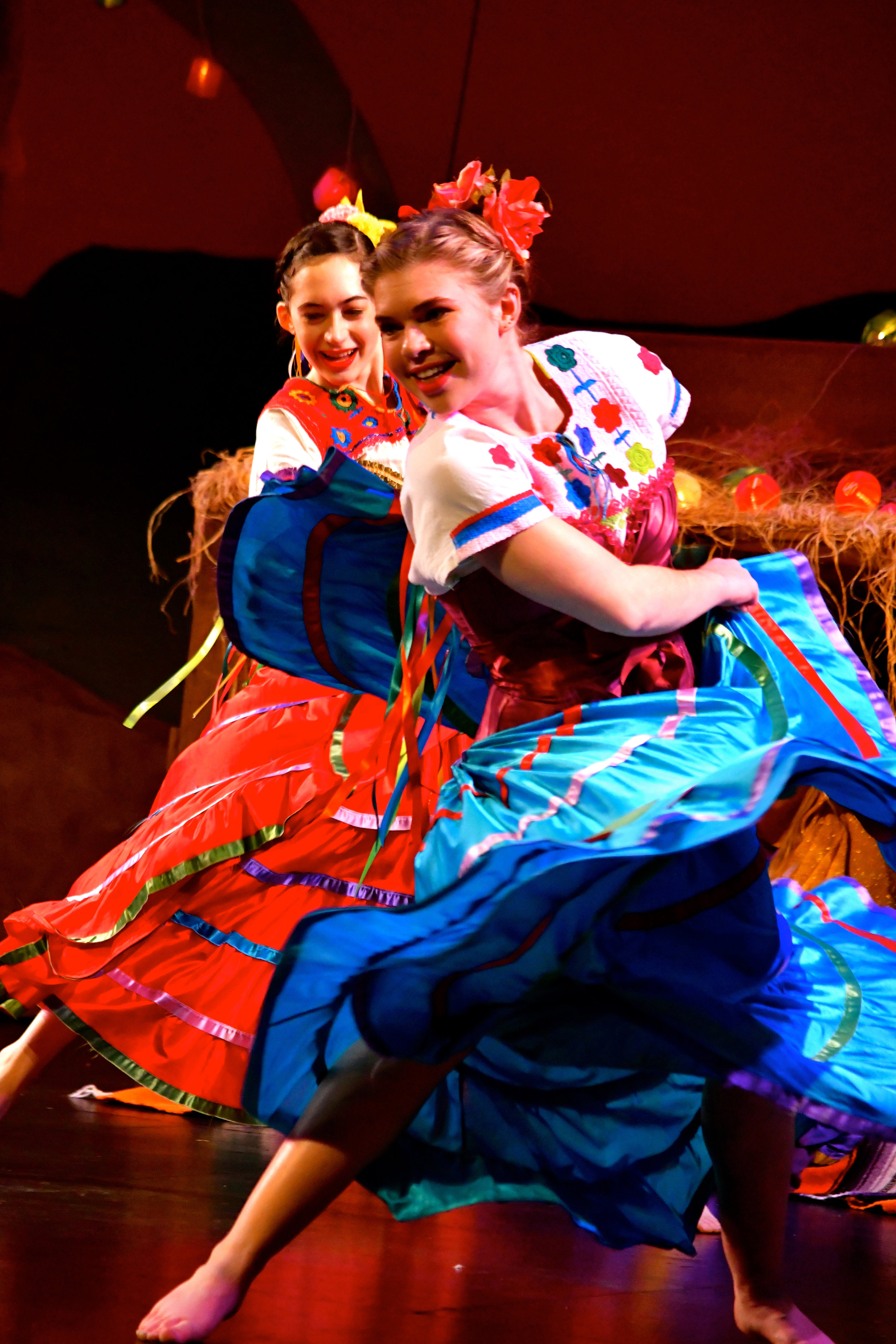
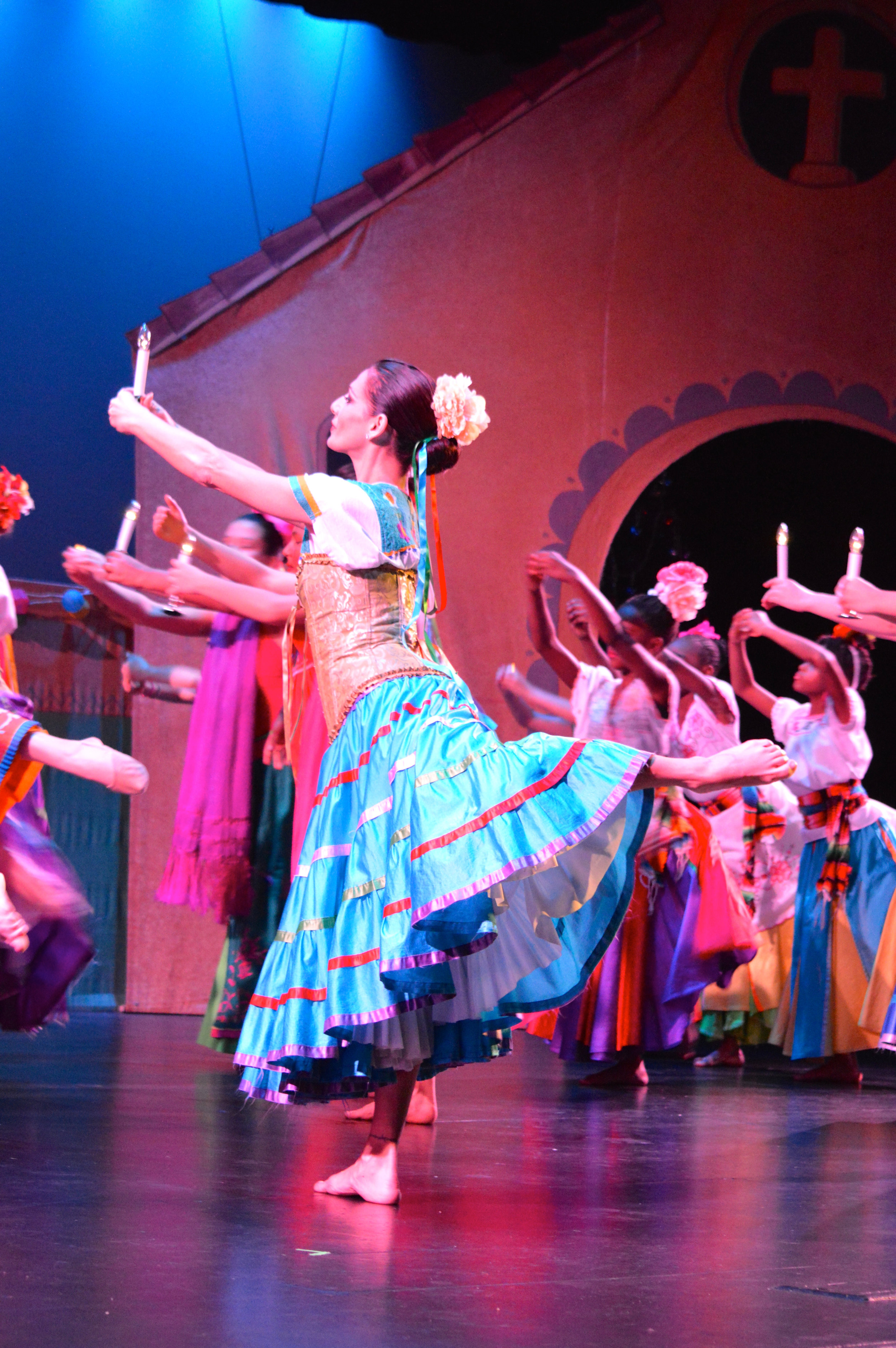
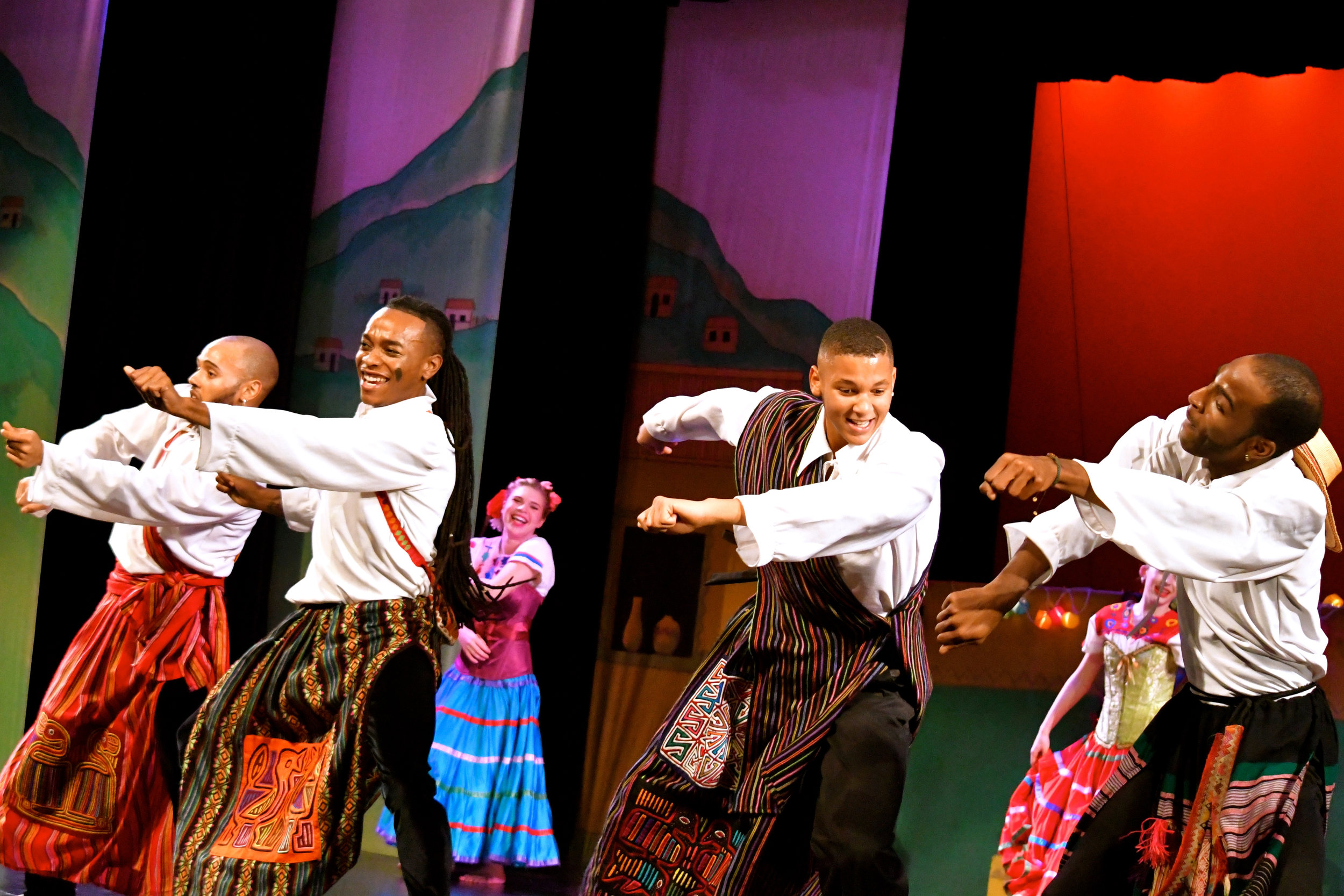
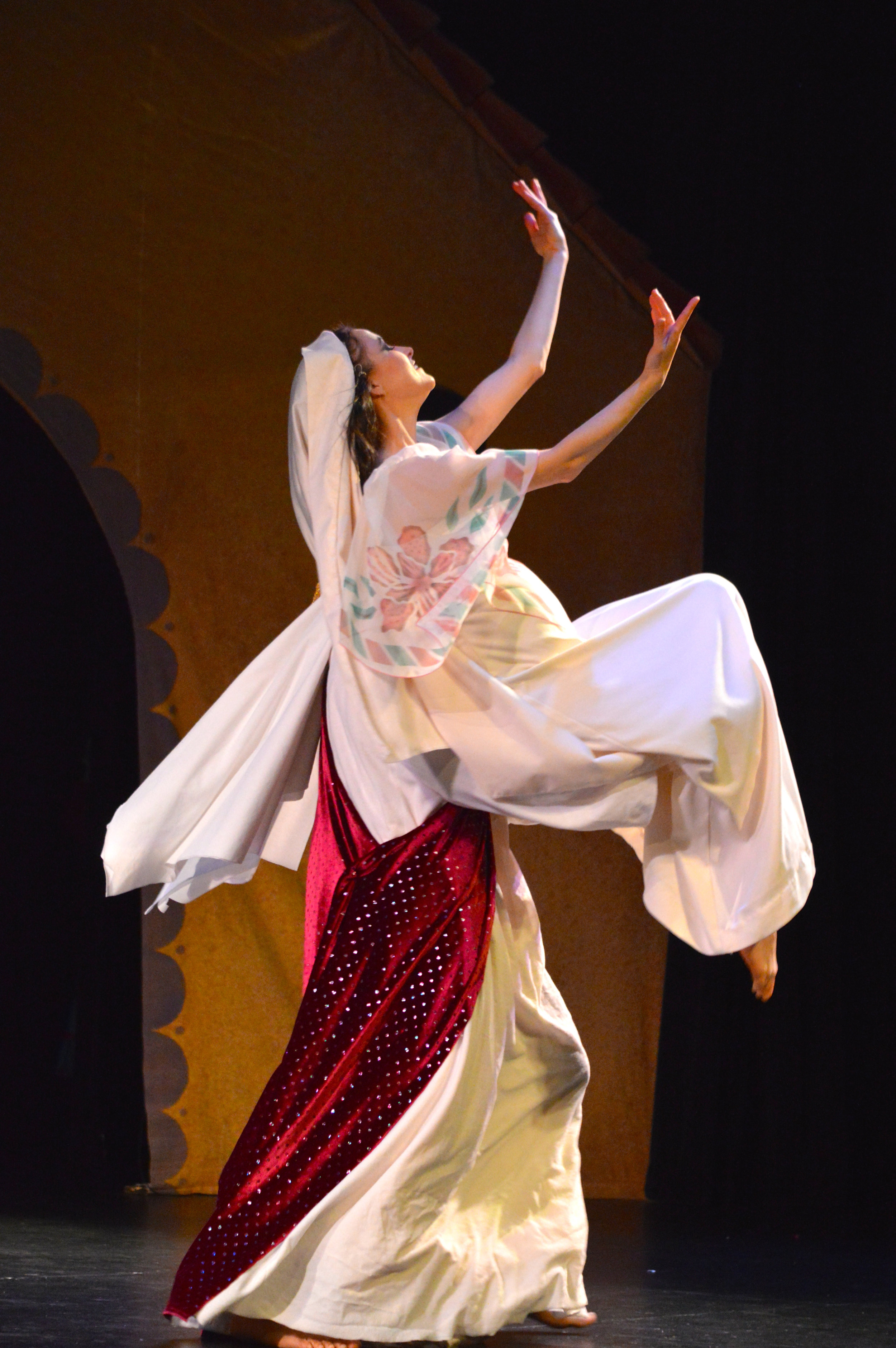

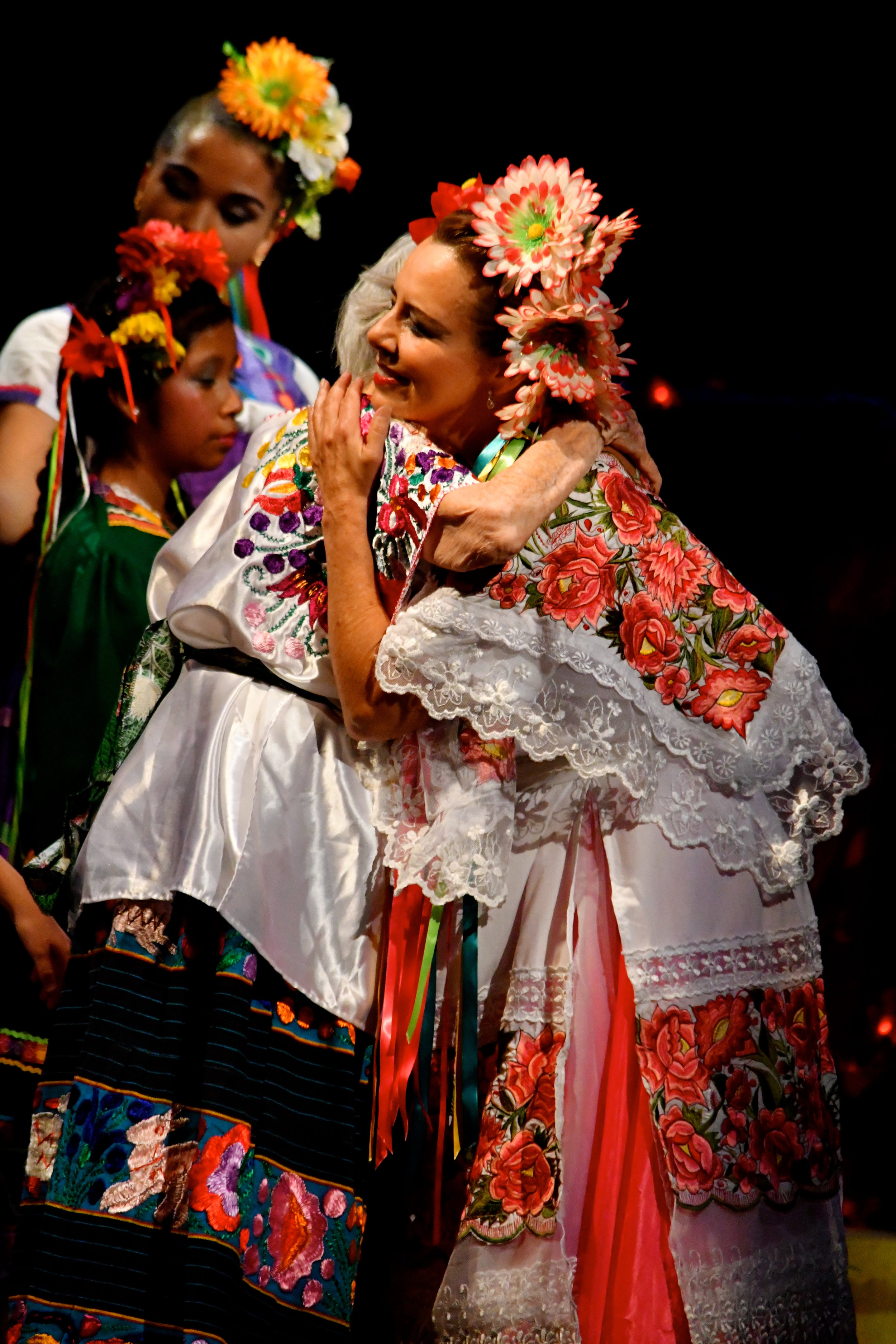

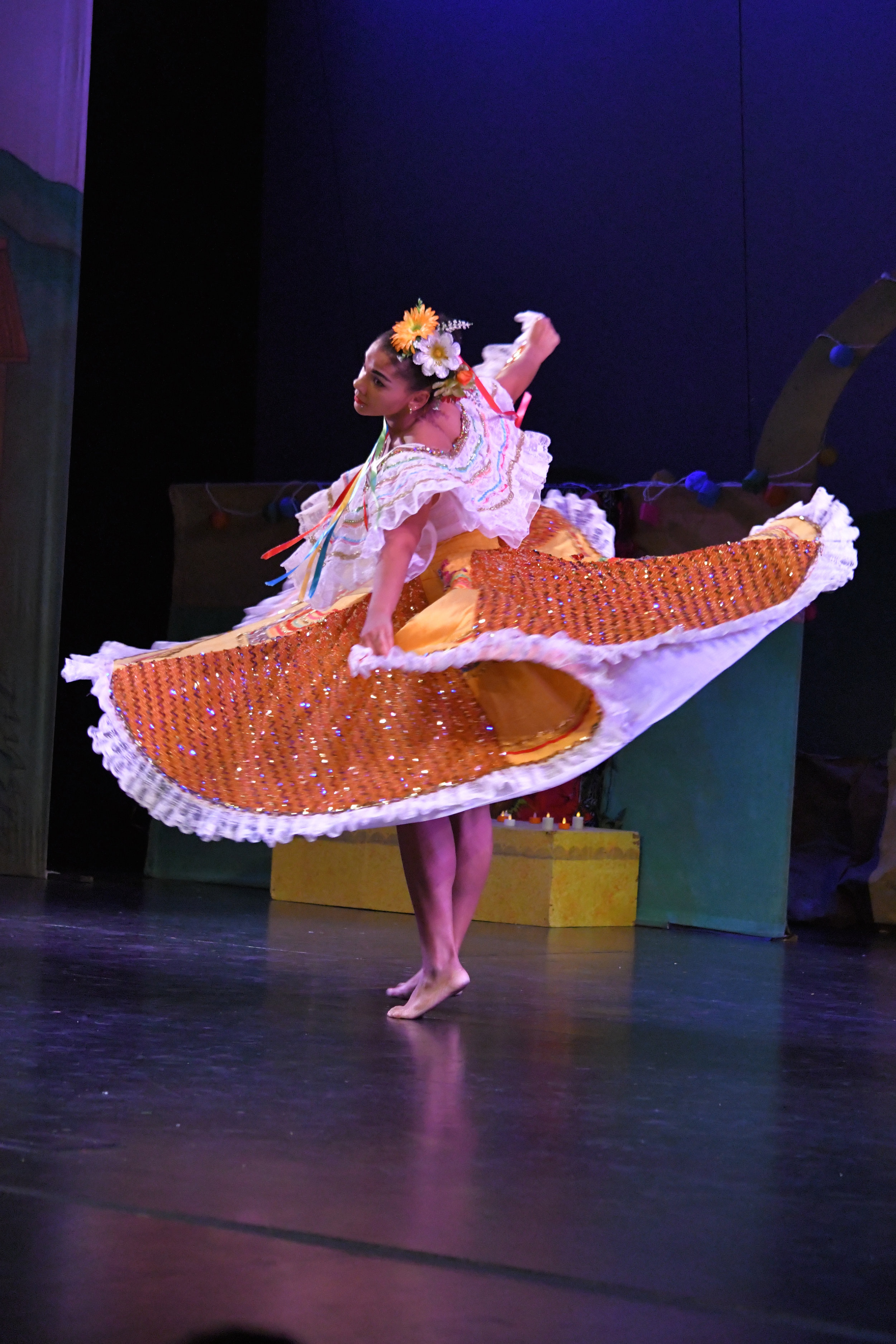
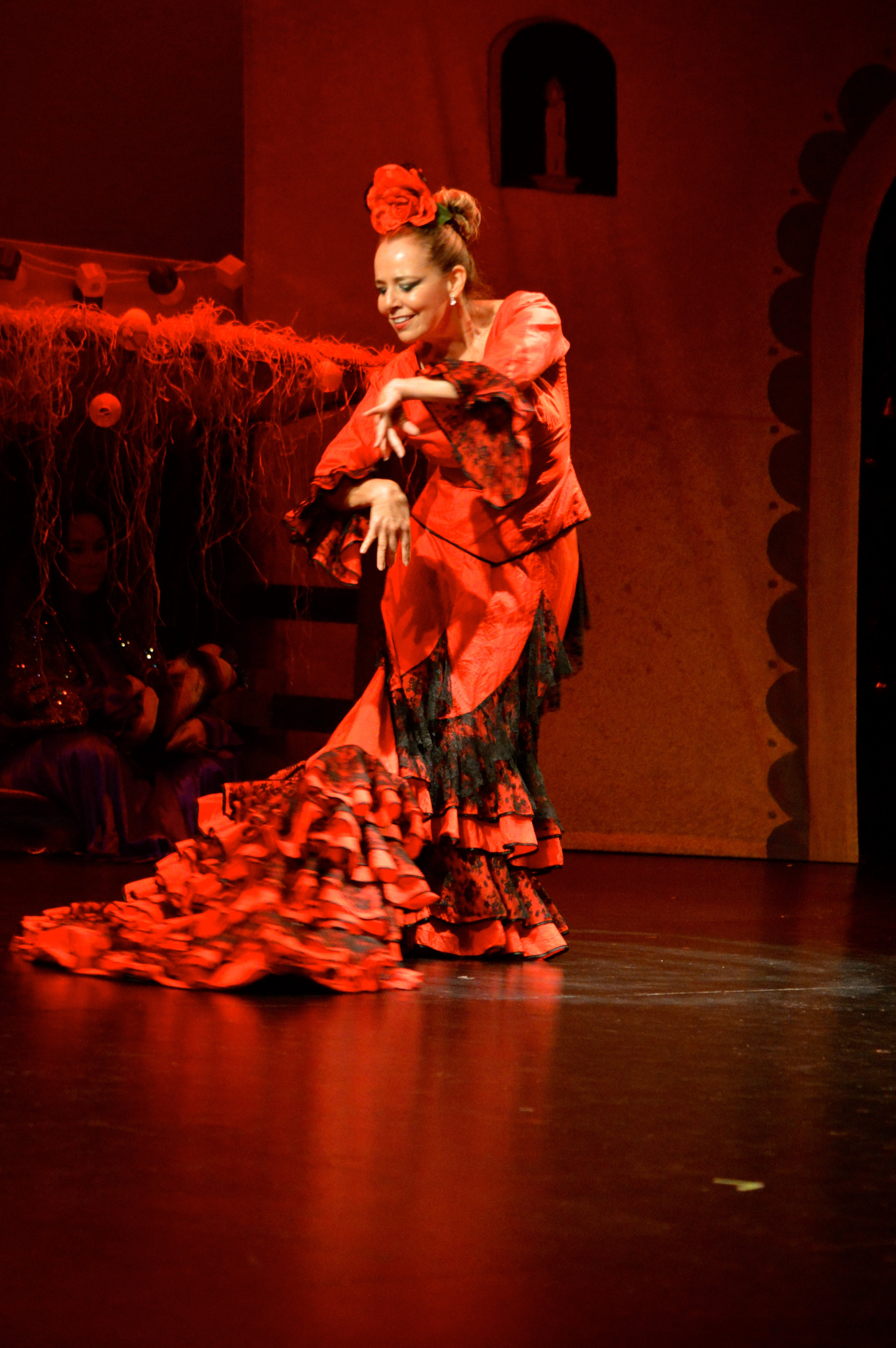
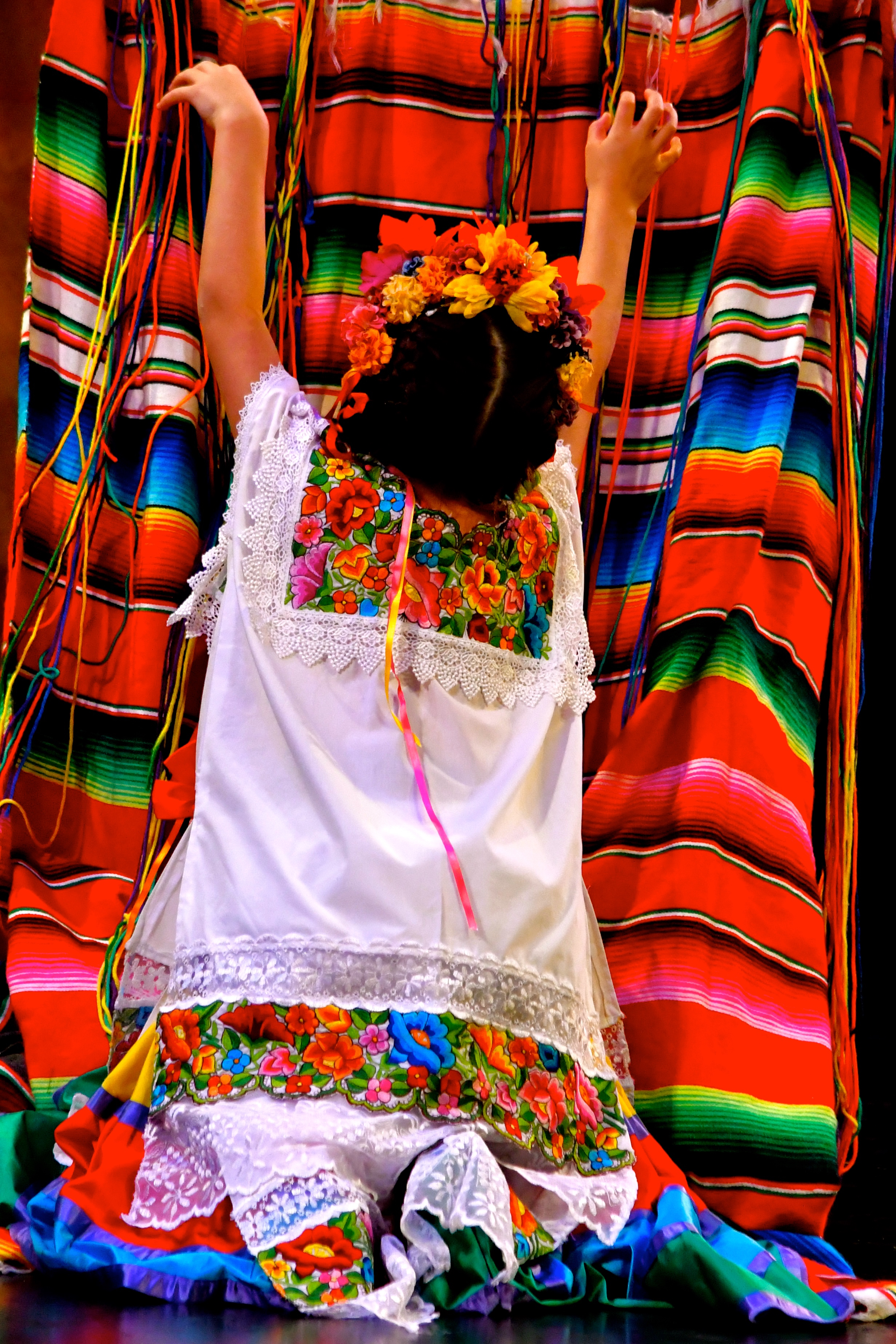
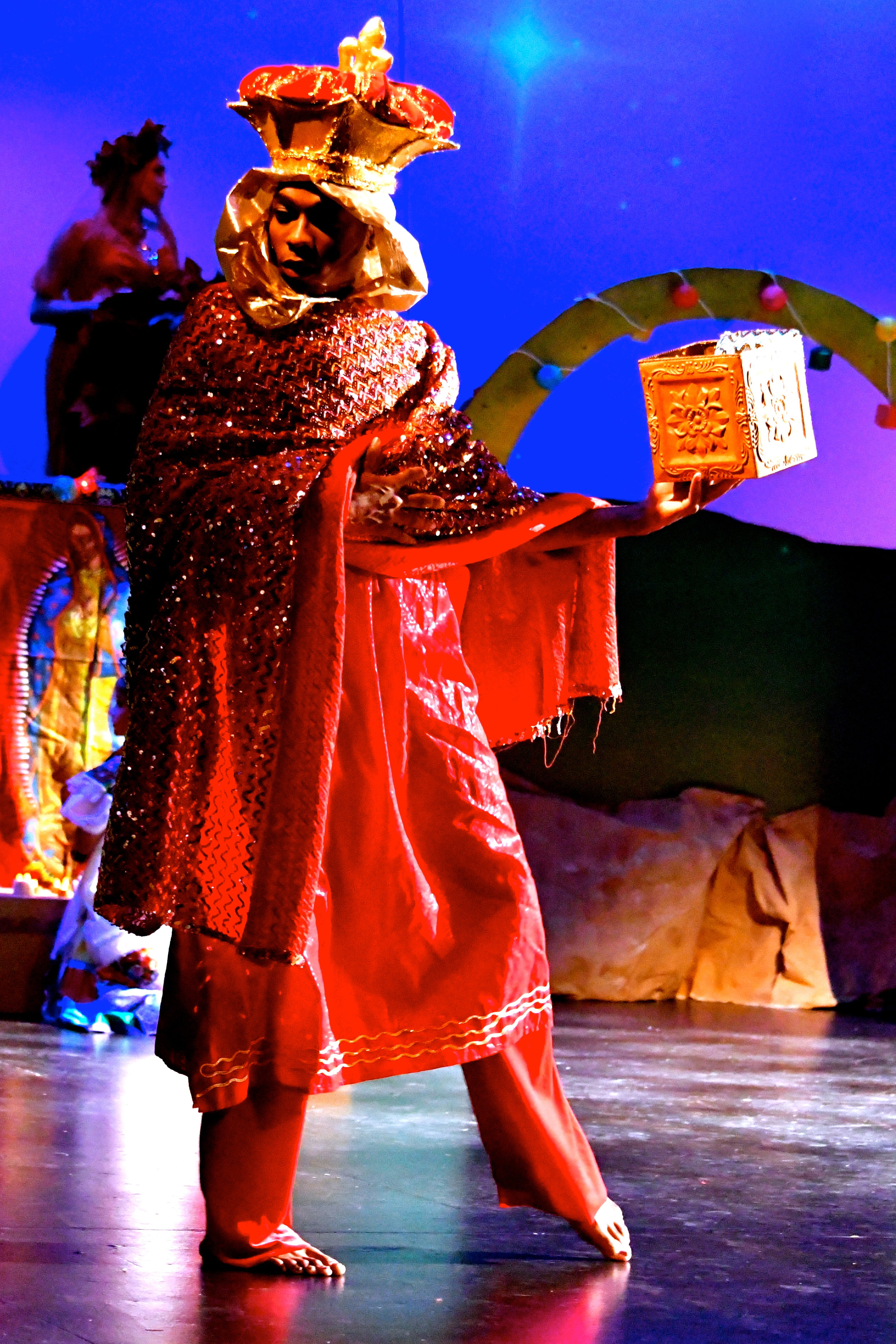
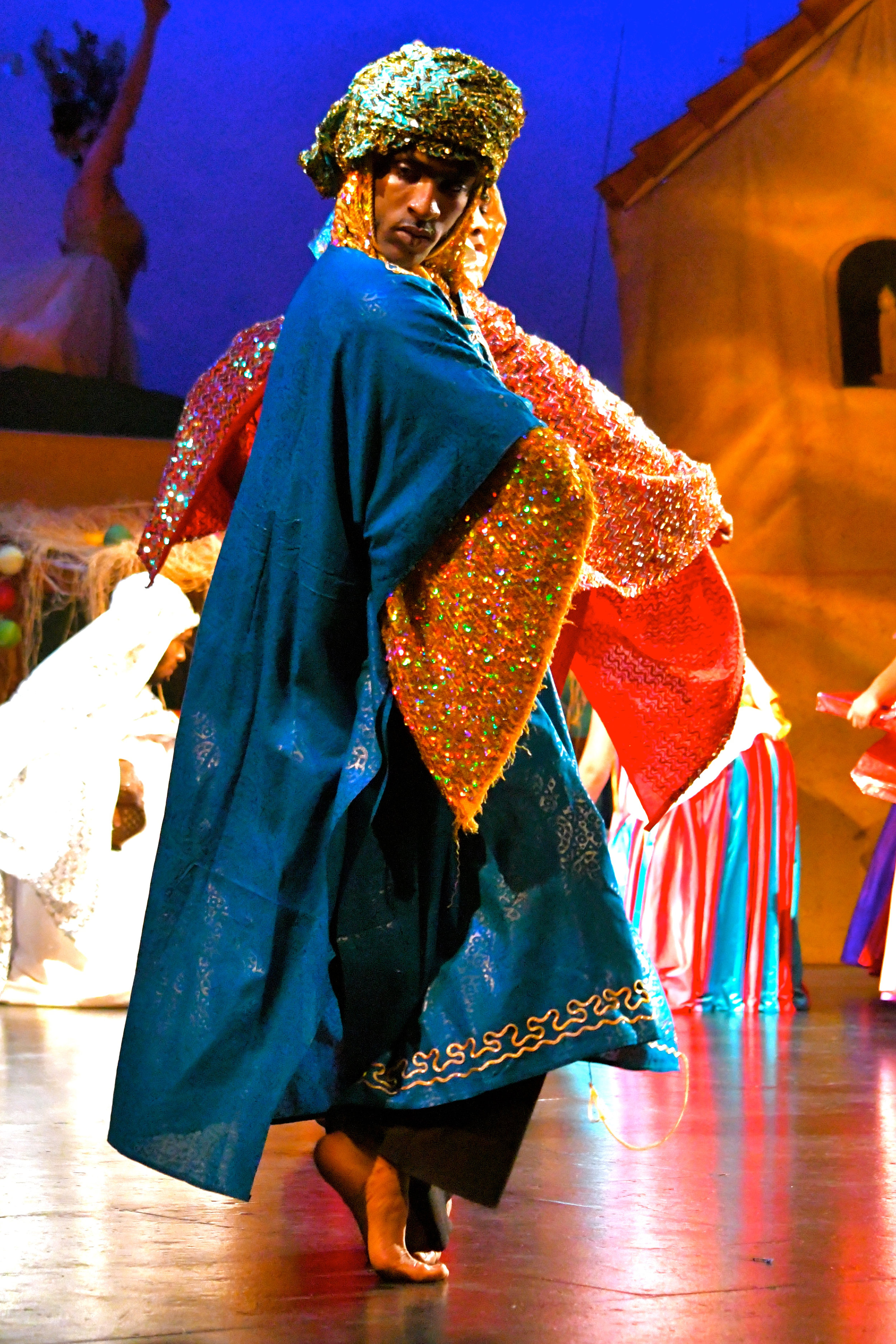
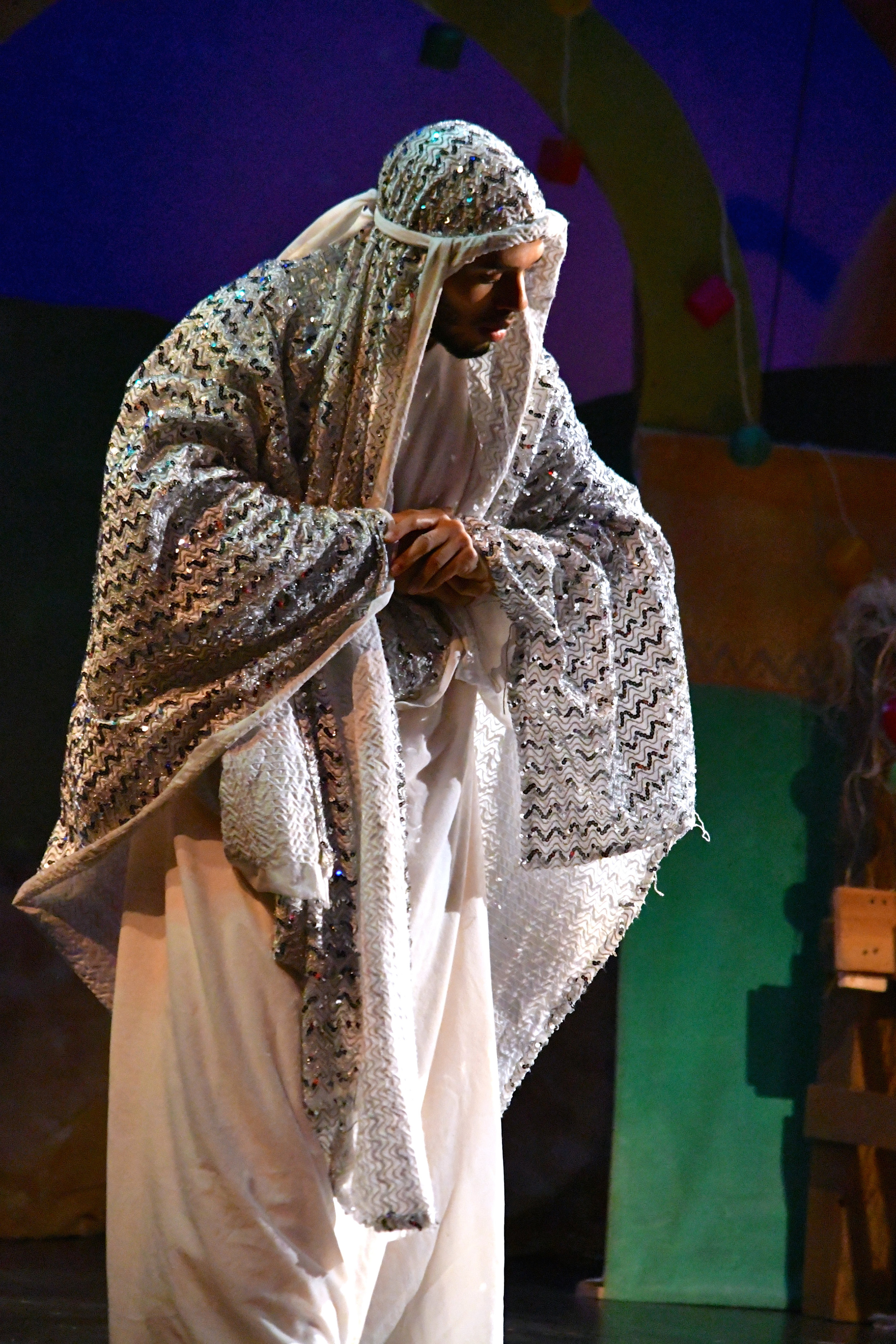
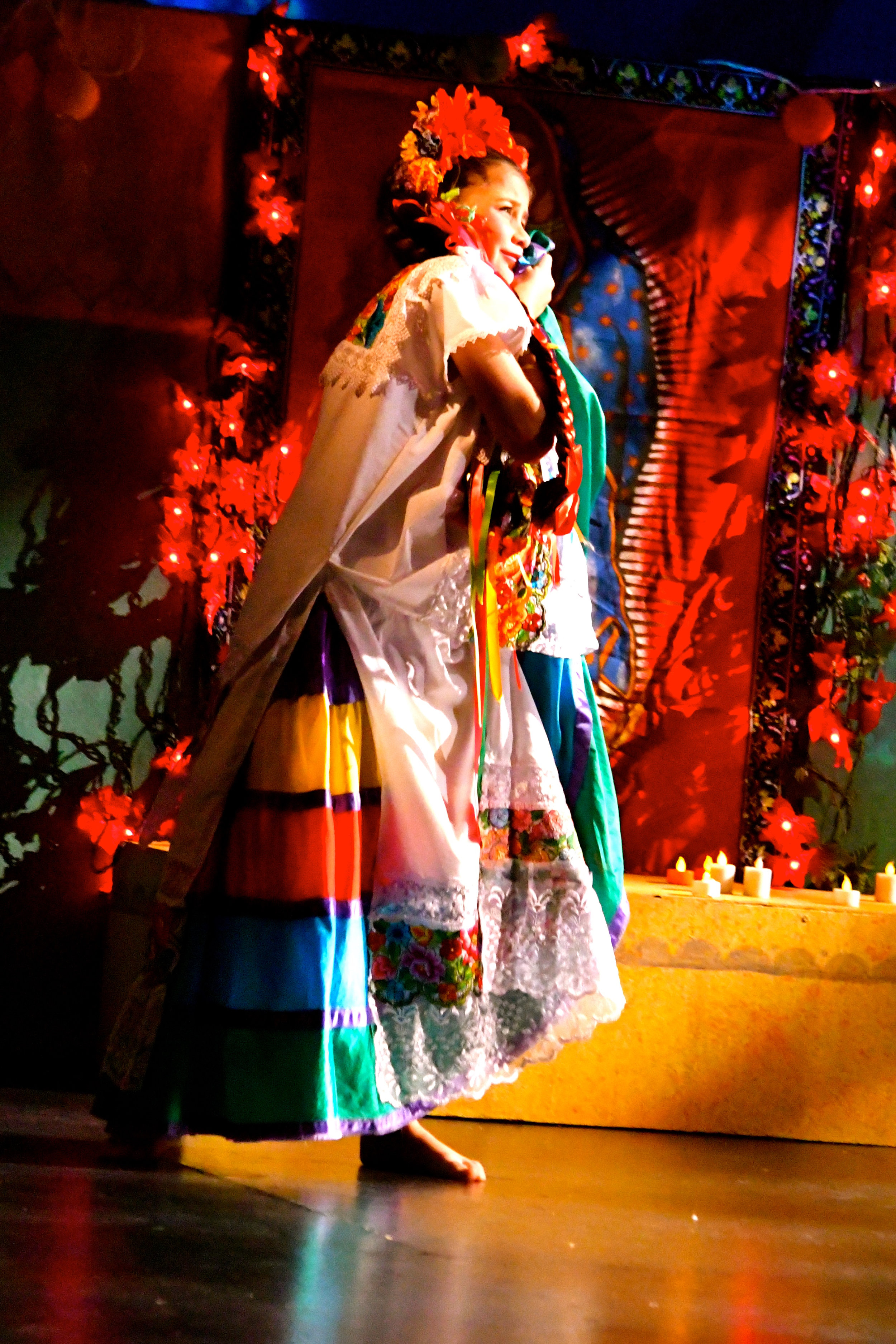
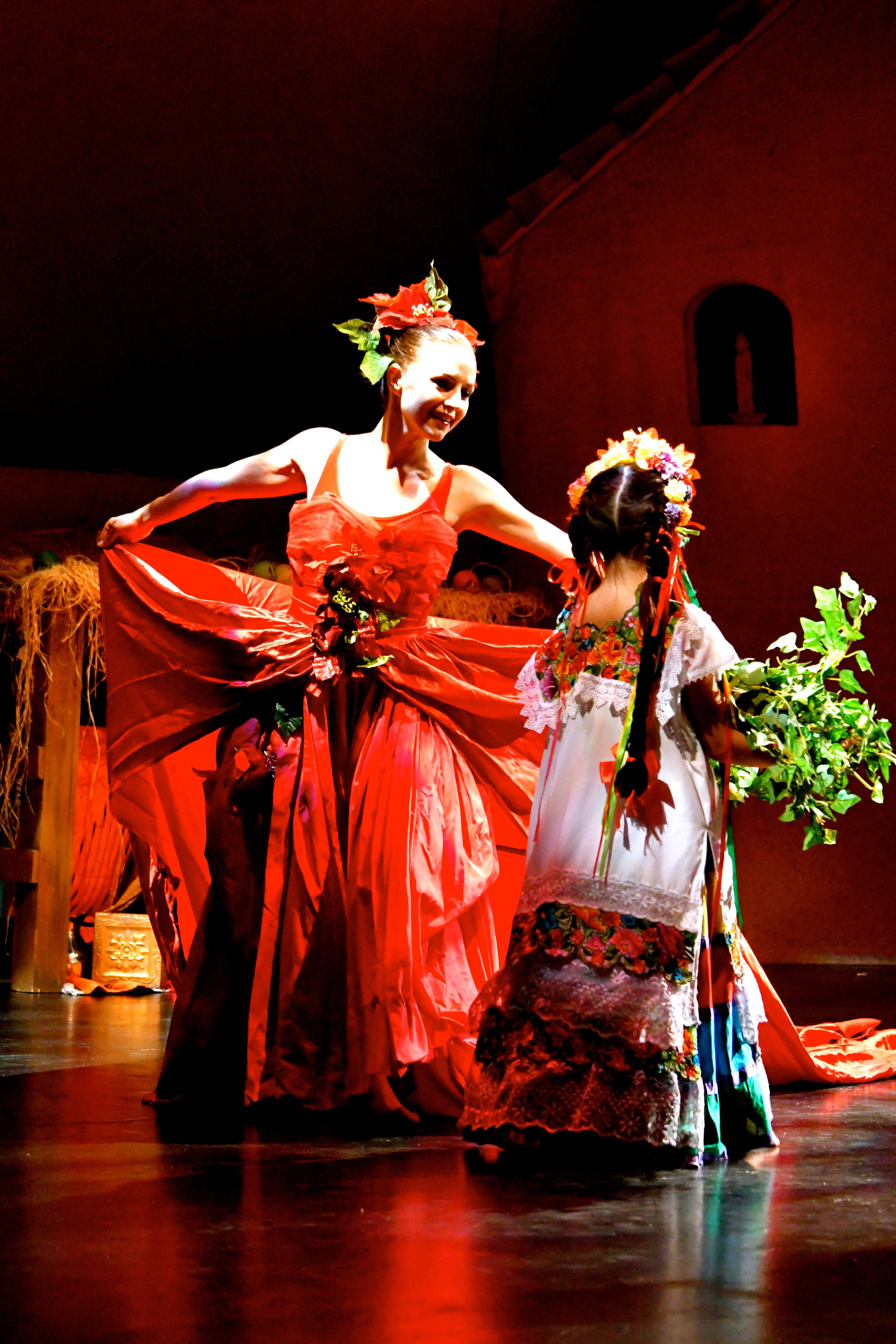
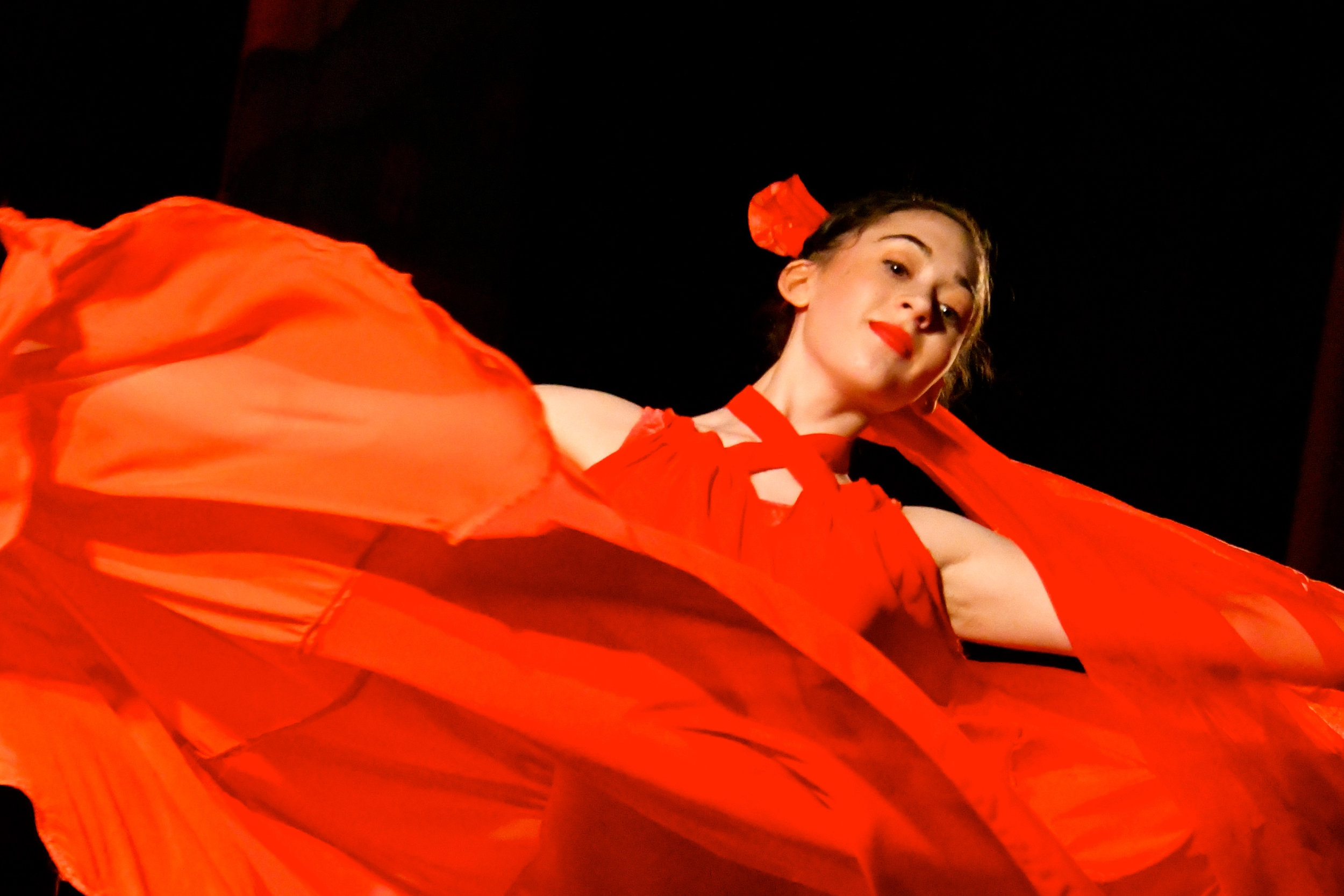
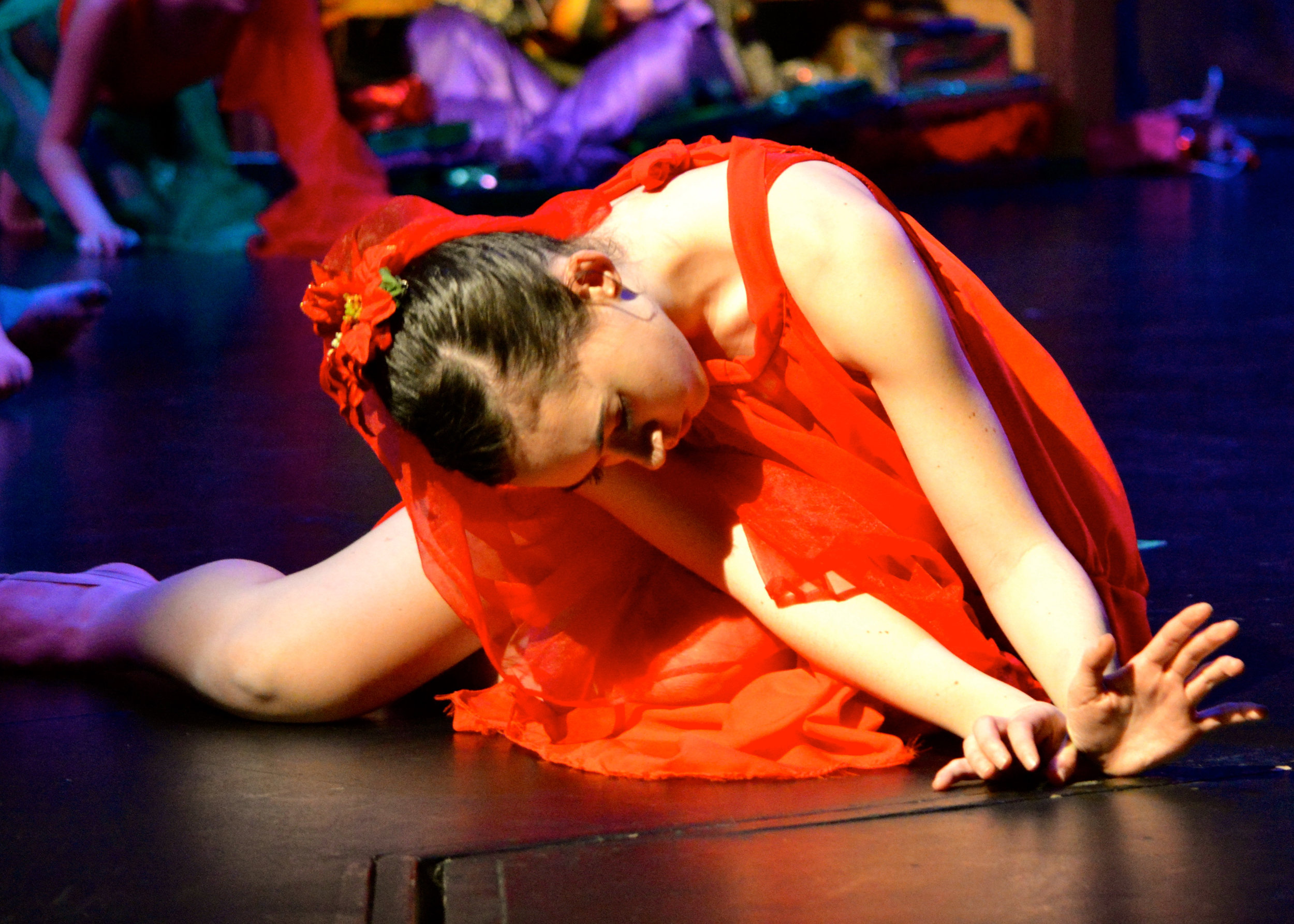
It is a tradition in some Latin American countries to light candles on the night of December 7th to provide light for the journey of The Three Kings and to thank the Virgin Mary for what they have in life.
Posadas (from Mexico)
Representing the Holy Pilgrimage, Maria and Jose’s journey to Bethlehem.
La Casita de Maria (Maria’s House)
El Pesebre (The Nativity)
To glorify Christmas and celebrate the birth of the Baby Jesus, everyone takes part in decorating the village church and the piazza.
Las Novenas (from Colombia)
The idea of commemorating the Holy Family’s journey to Bethlehem can be traced to St. Ignatius Loyola in the 16th century. He suggested a Christmas novena, or special prayers, to be said on nine successive days. In 1580, St. John of the Cross made a religious pageant out of the proceedings, and seven years later the nine-day remembrance was introduced to the natives by Spanish missionaries. Solemn and deeply religious at first, the observances soon became imbued with the spirit of fun and eventually left the church and began to be celebrated in people’s homes.
A la Virgen Maria (To the Virgin Mary)
t is a tradition to thank The Virgin Mary for their love and blessings. As part of this tradition, Maria’s parents visit the Virgin Mary, thanking her for the blessings of good health that healed Maria’s mom, who was very ill.
Navidad Flamenca
Christmas is a very festive time in Spain. Many oil lamps are lit in every house, and after Midnight, streets fill with dancers and onlookers. The children of Spain receive gifts on the feast of the Epiphany. The Magi are particularly revered in Spain. It is believed that they travel through the countryside reenacting their journey to Bethlehem every year at this time. Children leave their shoes on the windowsills and fill them with straw, carrots, and barley for the horses of the Wise Men. By morning the camel food is gone and in place of the straw or barley are presents.
Bachata Navidena (Christmas Bachata)
Bachata was originated in the Dominican Republic. It is a mixture of rhythmic bolero and son (both styles from Cuba). Bachata means “party”. It is a way of life, a reflection of a culture that likes to have a good time at all times. Over the terraces, gardens, and even on the streets of Santo Domingo, this kind of popular festivity is carried out with or without music, just to the fact of having fun!
La Navidad en Colombia (Christmas in Colombia)
Christmas in Colombia is a very special time that brings joy and love to the families that practice the traditions engraved in their culture. In Colombia there is always an excuse to celebrate with your family and friends. Christmas in Colombia is a religious event, mixed with lots of “parranda” or fiesta. On the 31st of December, they say goodbye to the Old Year and welcome the New Year with more fiestas and “parrandas”. Christmas in Colombia follows many traditions or “agüeros” to bring on good fortune in the new year, for example, if they want to travel, they walk around the block with big suitcases, they eat 12 grapes during the final 12 seconds of the old year for good wishes, they wear something yellow for good luck, they clean the houses very well to take out all the bad energies, they do “saumerios” or cleansing of the homes with eucalyptus leaves.
“Gaitas” (from Venezuela) The "Gaitas" that are prominent during the Christmas season in Venezuela generate great excitement in the people. Gaitas are festive songs of Hispanic origin, combined with the African culture. When people talk about the "gaitero" rhythm, they are referring to the continuous amusement and enthusiasm that permeates the entire Christmas and New Years season. Gaitas are one of the most familiar expressions of the national folklore, since it invades the media, shopping centers and party halls in Venezuela. A very distinctive Holiday tradition in Venezuela is that every Christmas day, parents take their children skating in the public plazas (squares) and parks until the wee hours of the morning. Here are some examples of Gaitas:
The Wool Blanket
Maria wanted to make a very special gift for Little Jesus.She had helped her mama before with the loom, so she tried on her own to weave a colorful blanket but the threads of yarn became an entangled mess.
Los Tres Reyes Magos y la Estrella del Oriente - January 6th - The Feast of the Epiphany
Please, don’t put the Christmas tree away yet! Some of us are still celebrating! The 6th of January is Three King’s Day or Dia de los Tres Reyes Magos. Strongly celebrated throughout Latin America, the day marks the Epiphany or 12th day of Christmas. The Legend tells of the three Wise Men traveling to bring gifts to the infant Jesus, following the North Star on their way to Bethlehem.
Any gift is beautiful because it is given
Scared Maria, not having any gift for the Baby Jesus, learns from el Espiritu de la Poinsettia that love is what makes any gift special.
The bundle of green weeds
Unable to offer a gift of material value to the Baby Jesus on Epiphany Day, she picks a handful of weeds outside the church. Magically, the weeds transform into beautiful crimson flowers.
The Miracle
“Lo que das con tu corazon,
Es recibido con amor”
“Anything you give with your heart is love,
Love is the true spirit of giving”
